June 13, 2021
Newberry is one of the largest volcanoes in North America. Its lava flows reach 75 miles and its vents extend 65 miles covering 120 cubic miles. (Mt. St. Helens, in comparison, covers 6 cubic miles.) Its eruptions occurred from 400,000 to 1,300 years ago. We visited four areas, each with distinctive features.
Lava Butte
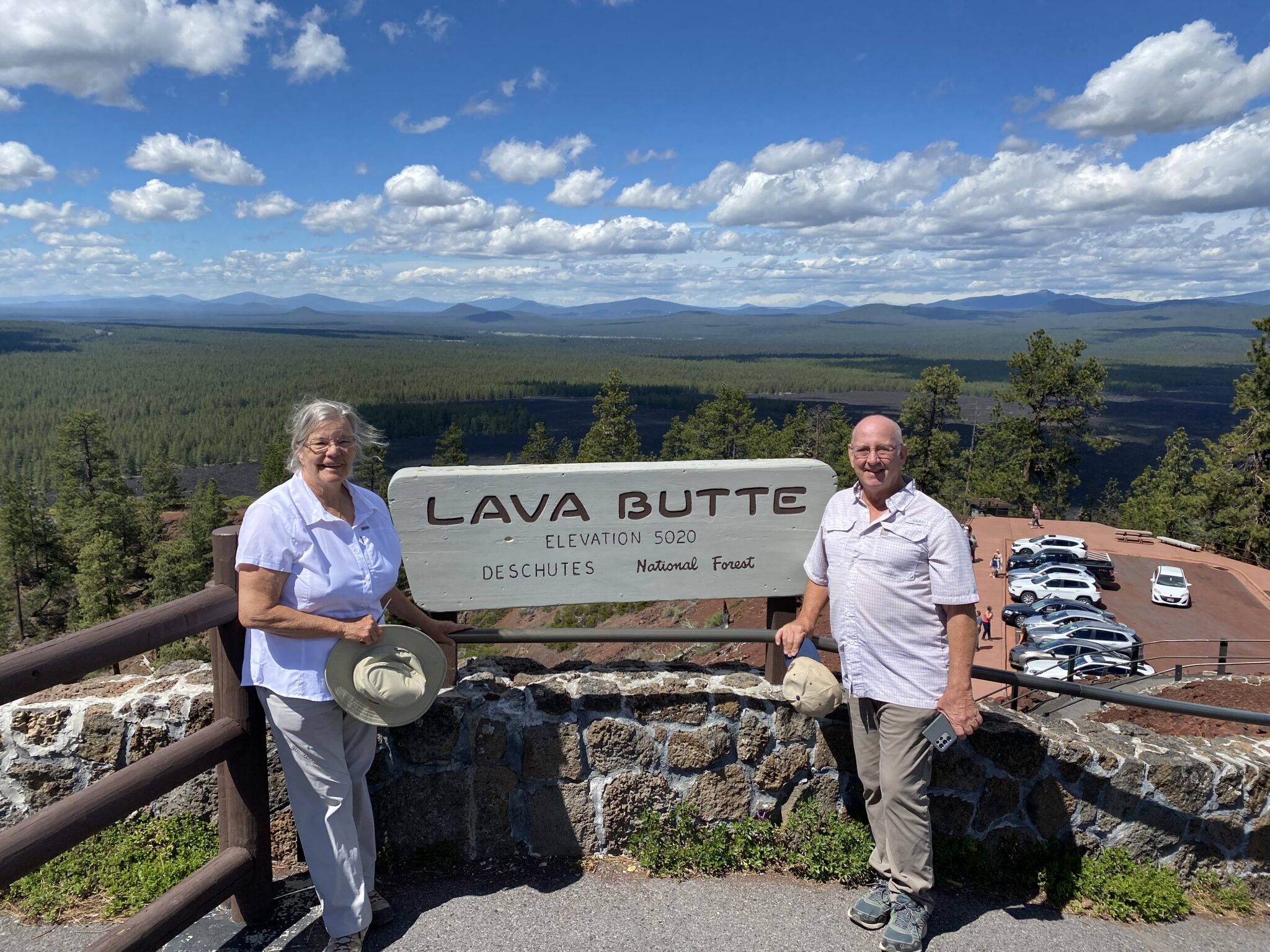
Lava Butte is a cinder cone that erupted about 7,000 years ago when magma from two to four miles below the surface filled weaknesses, mixed with water and gases, and forced its way to the surface. Pumice and ash blasted out from the initial eruption. Later magma oozed out and became less gassy. The layers of material contorted, folded and shattered. The Butte rises 500 feet above the surrounding land.
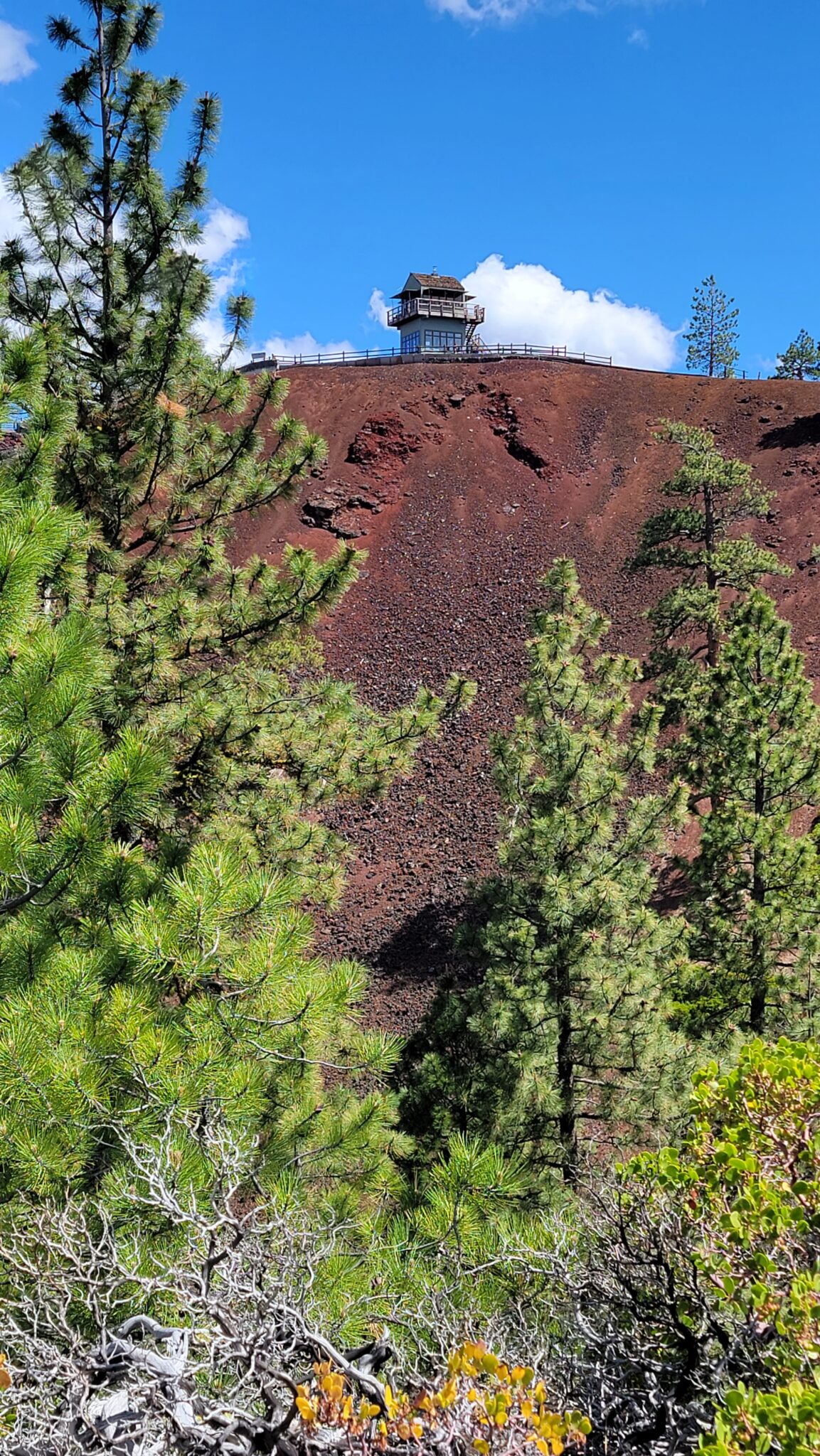
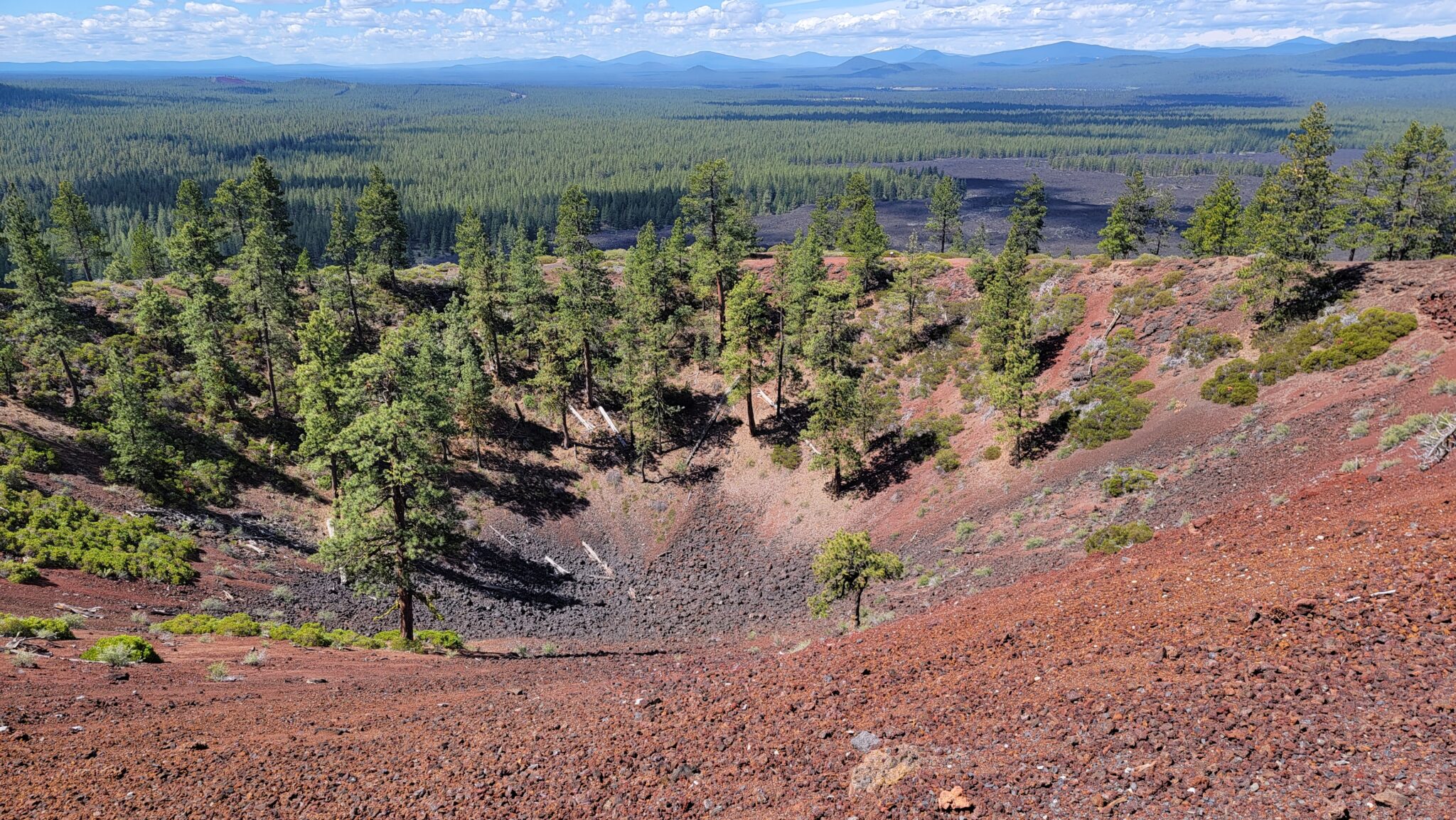
Peaks of the Cascade Mountain Range are visible from Lava Butte.
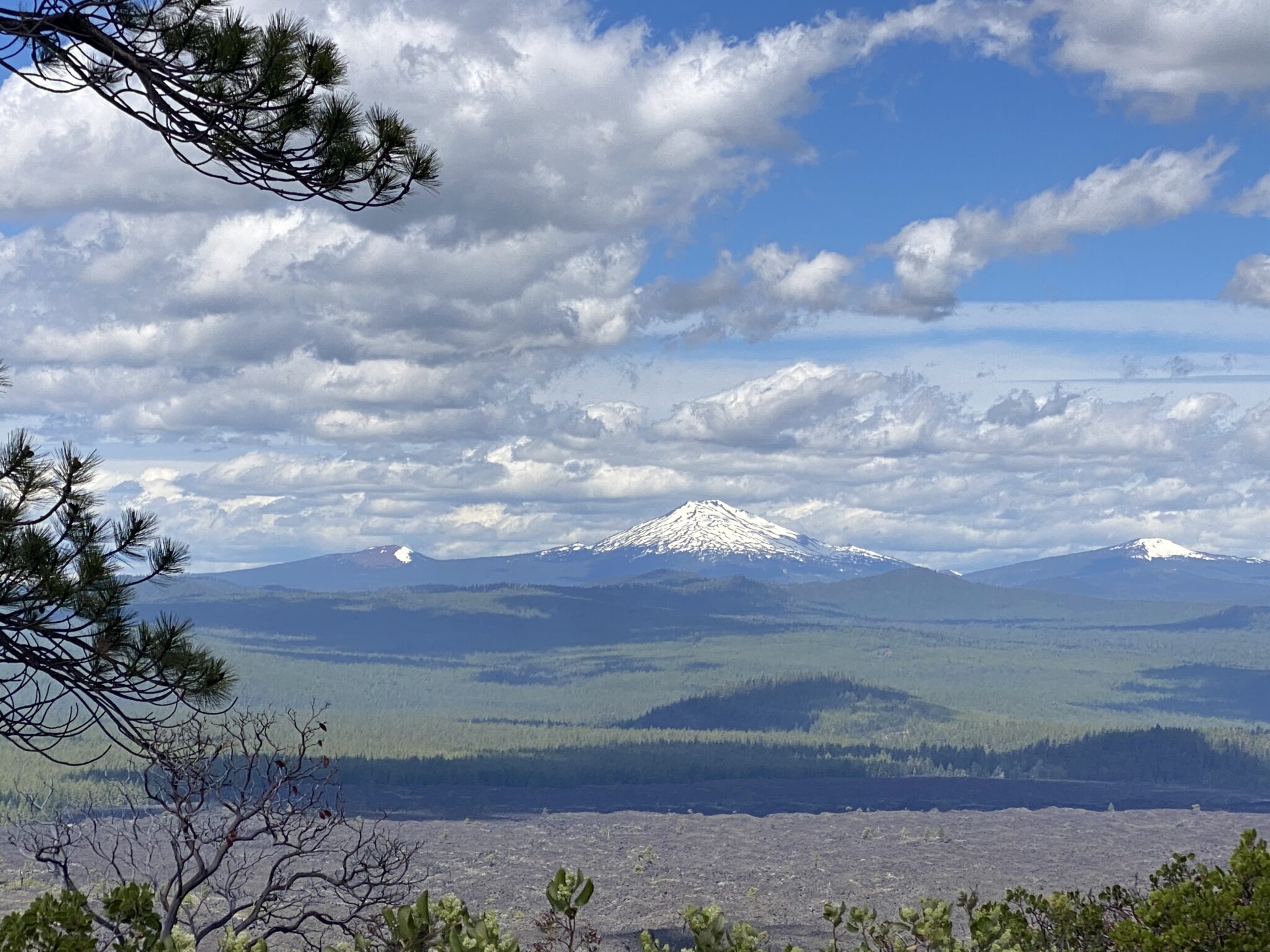
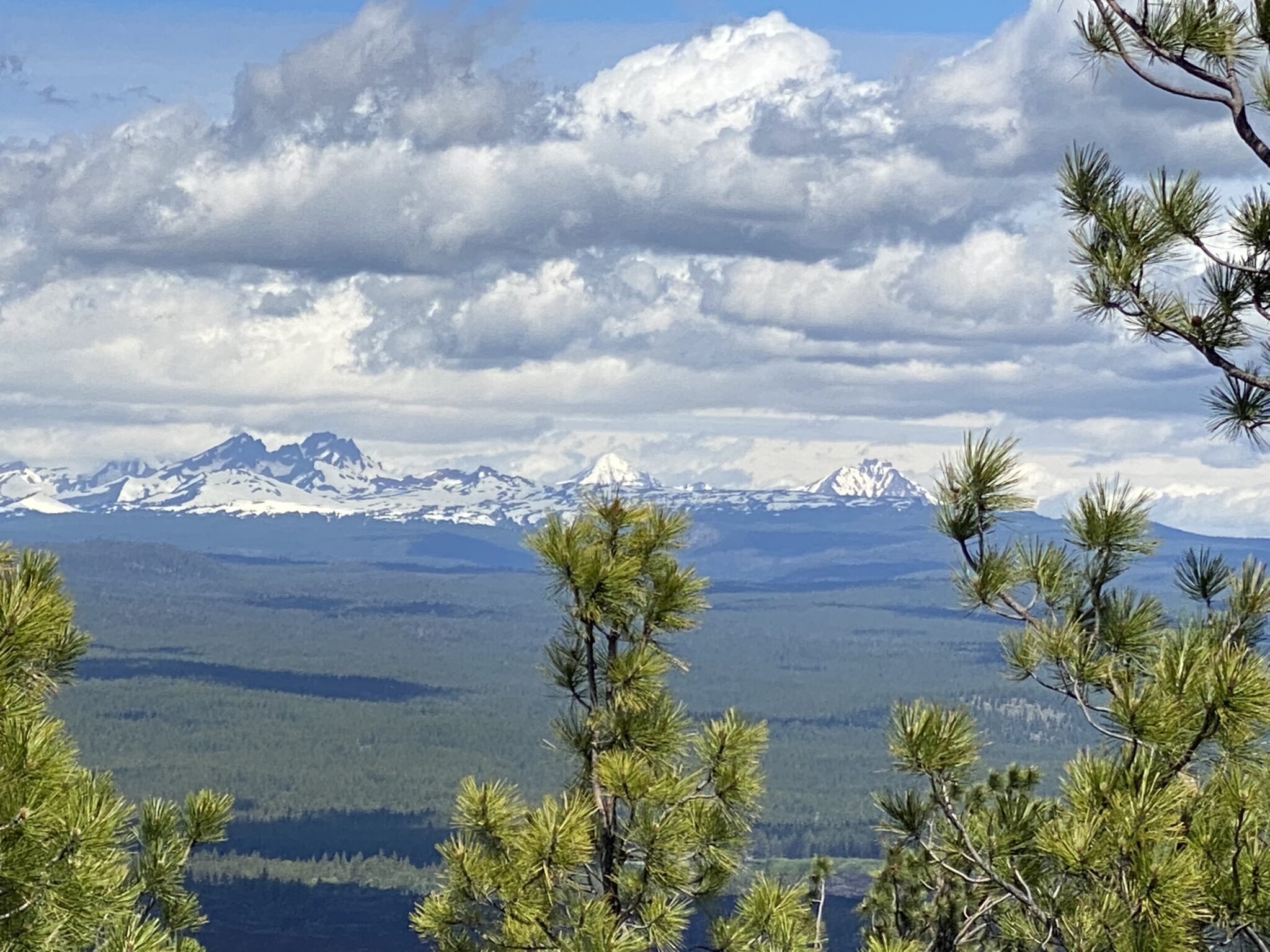
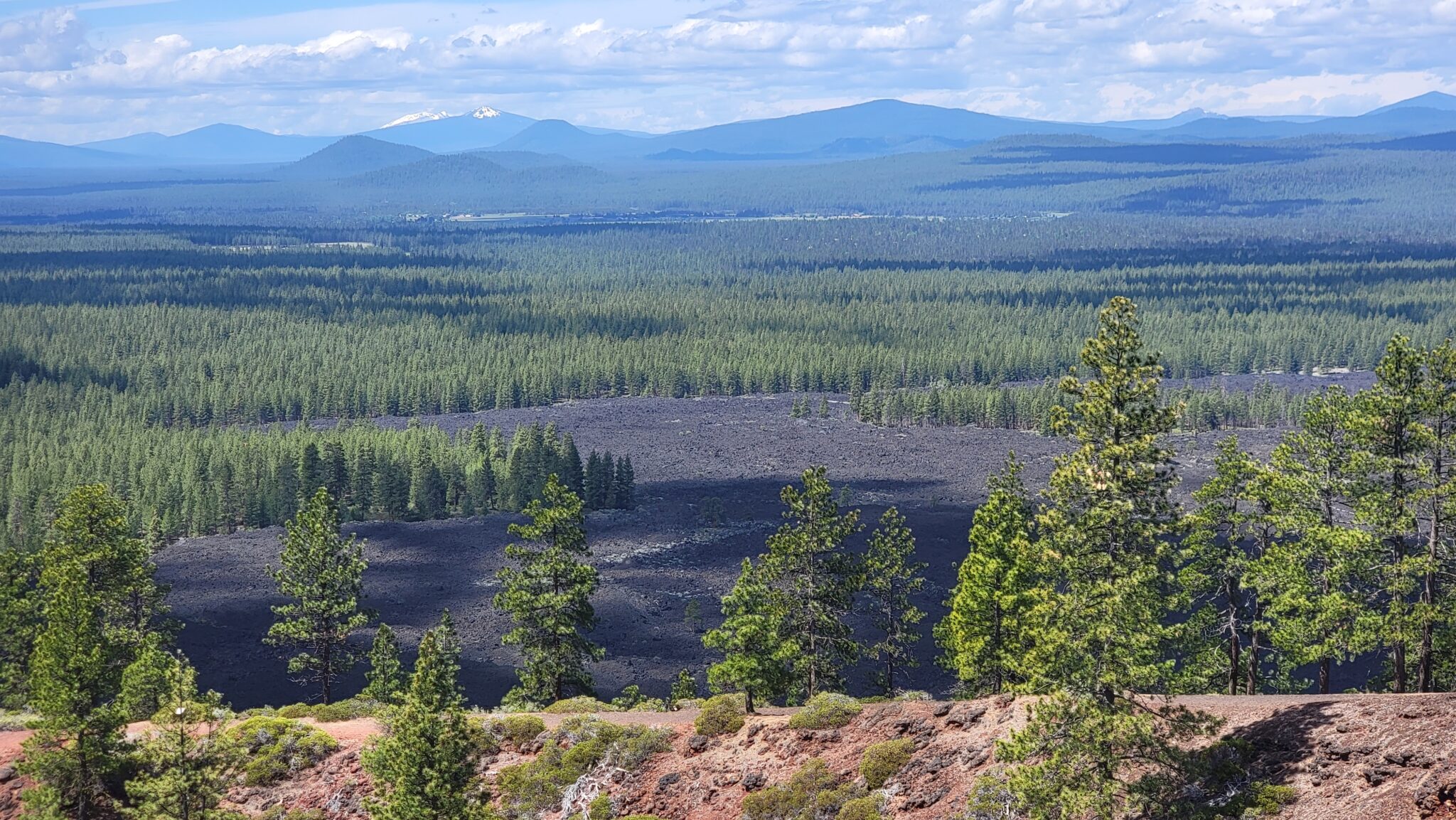
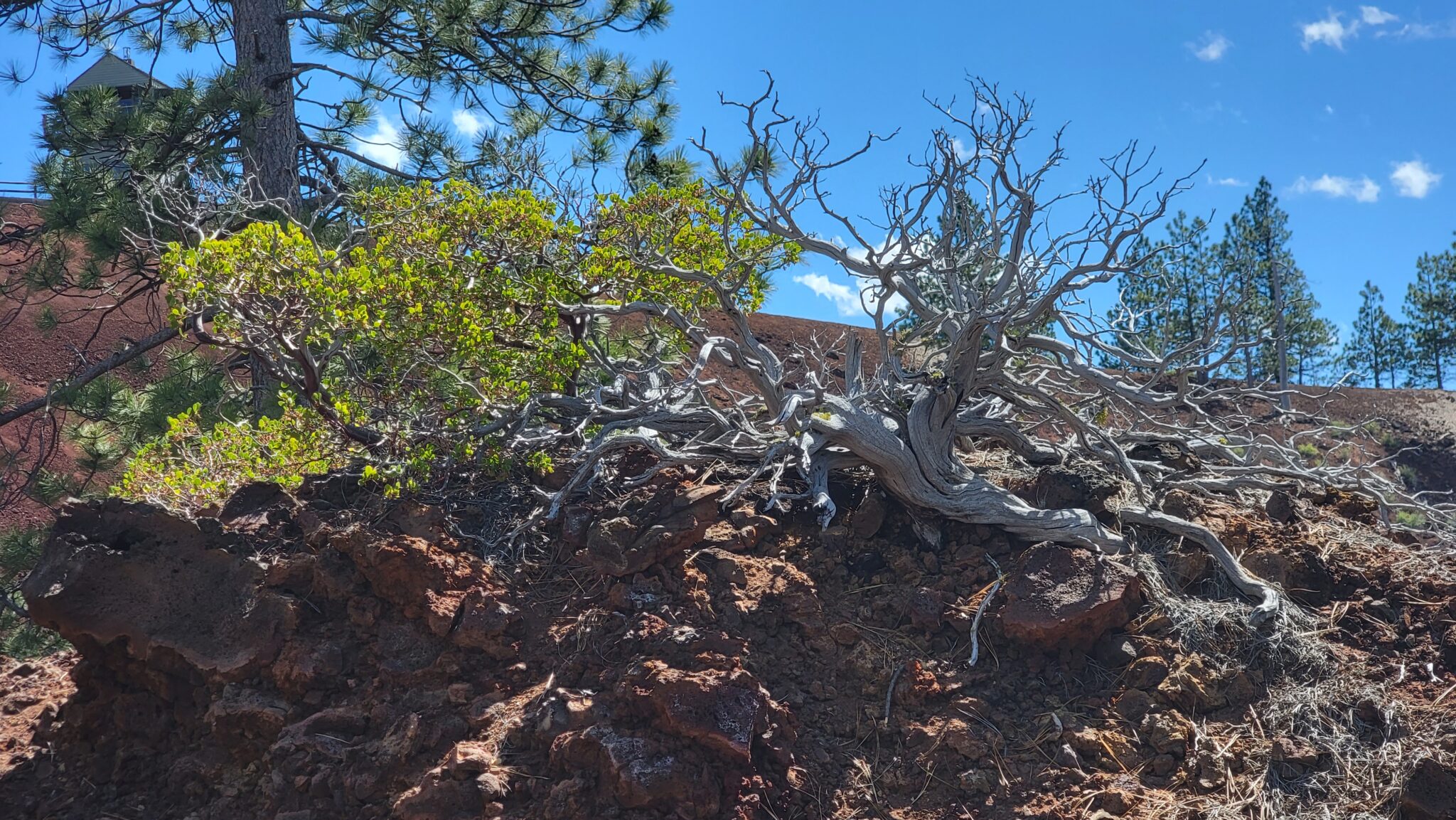
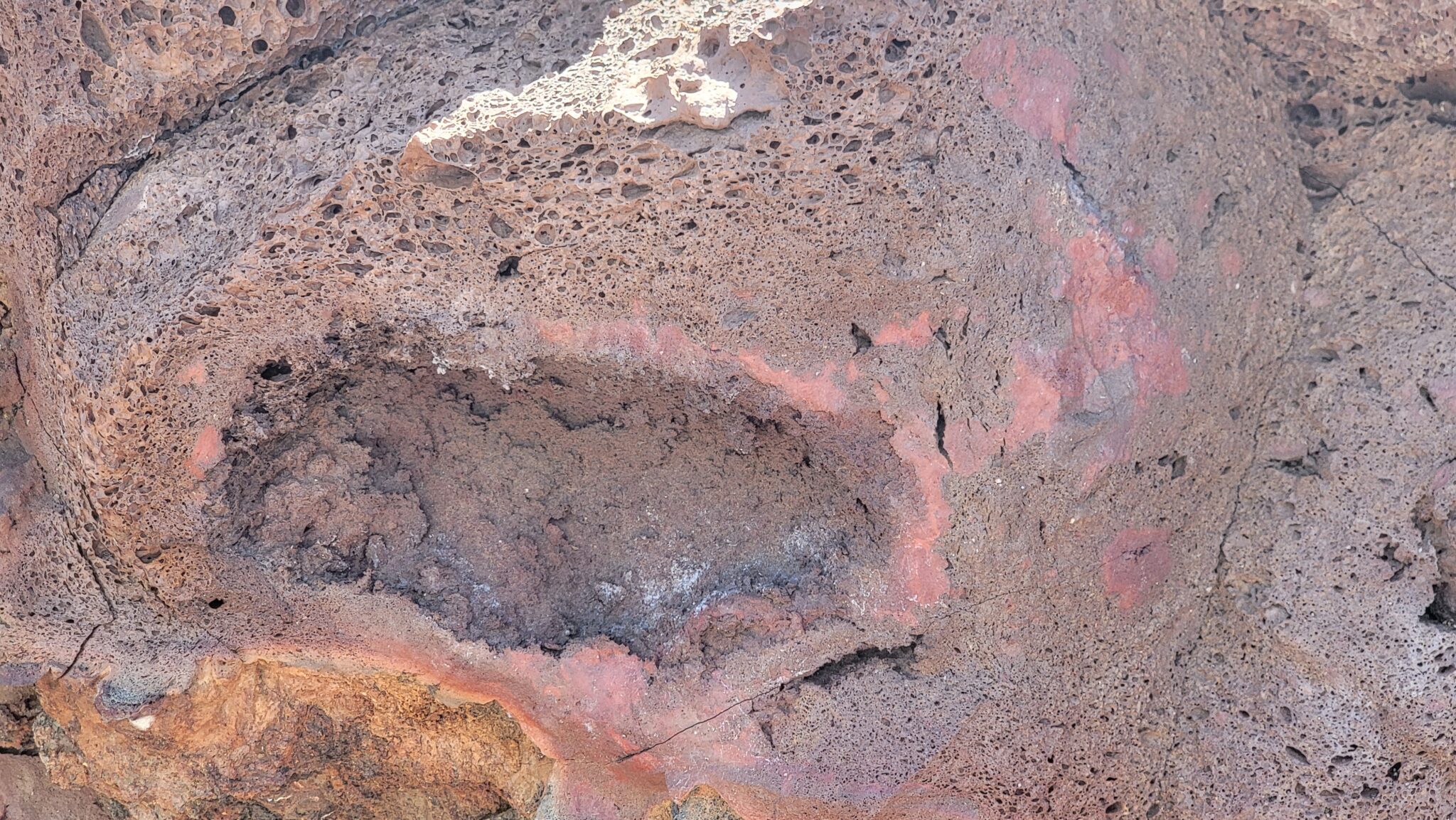
Trail of the Molten Land
This trail meanders through an area altered when magma burst out of the weakest spot of Lava Butte.
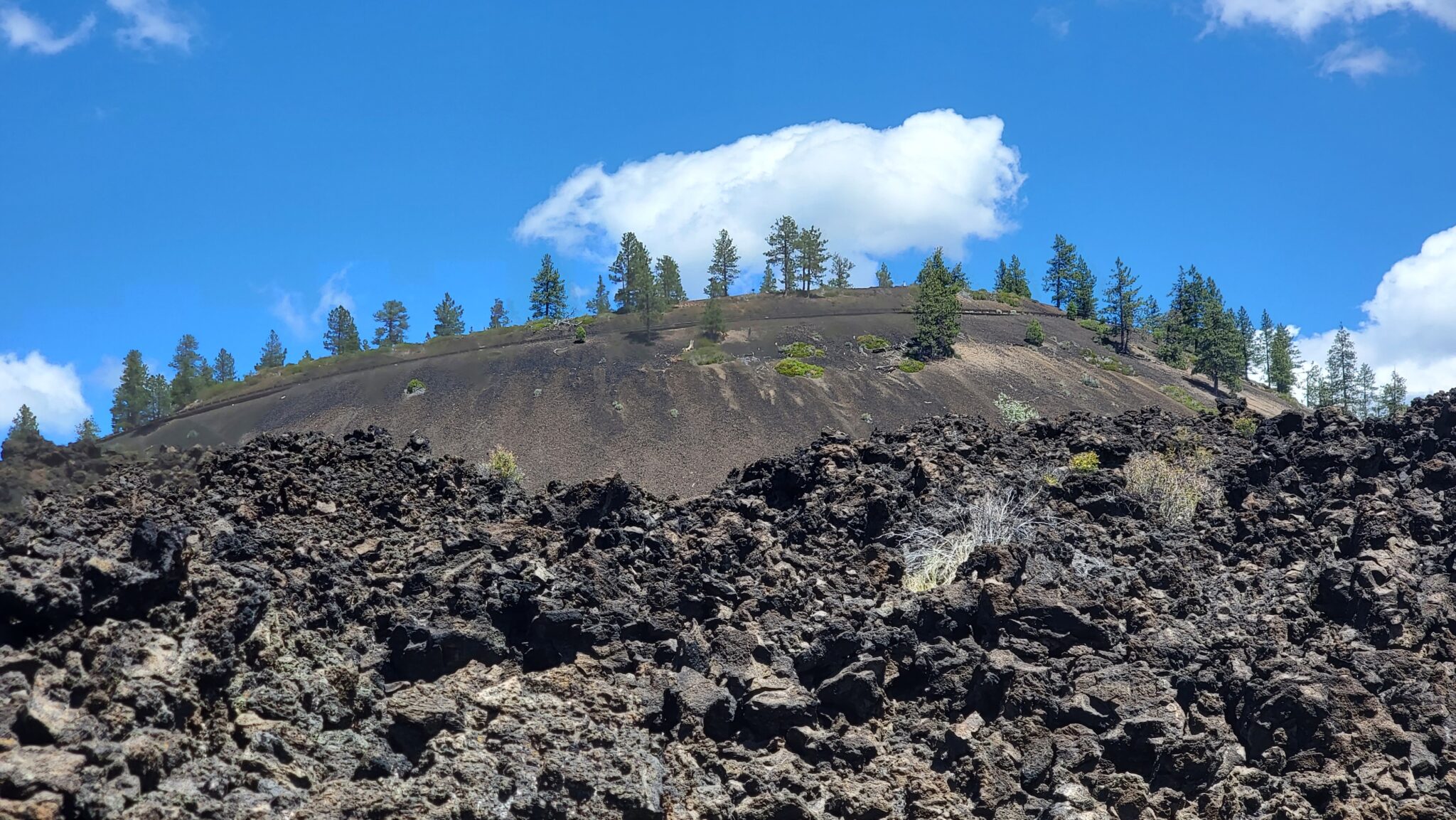
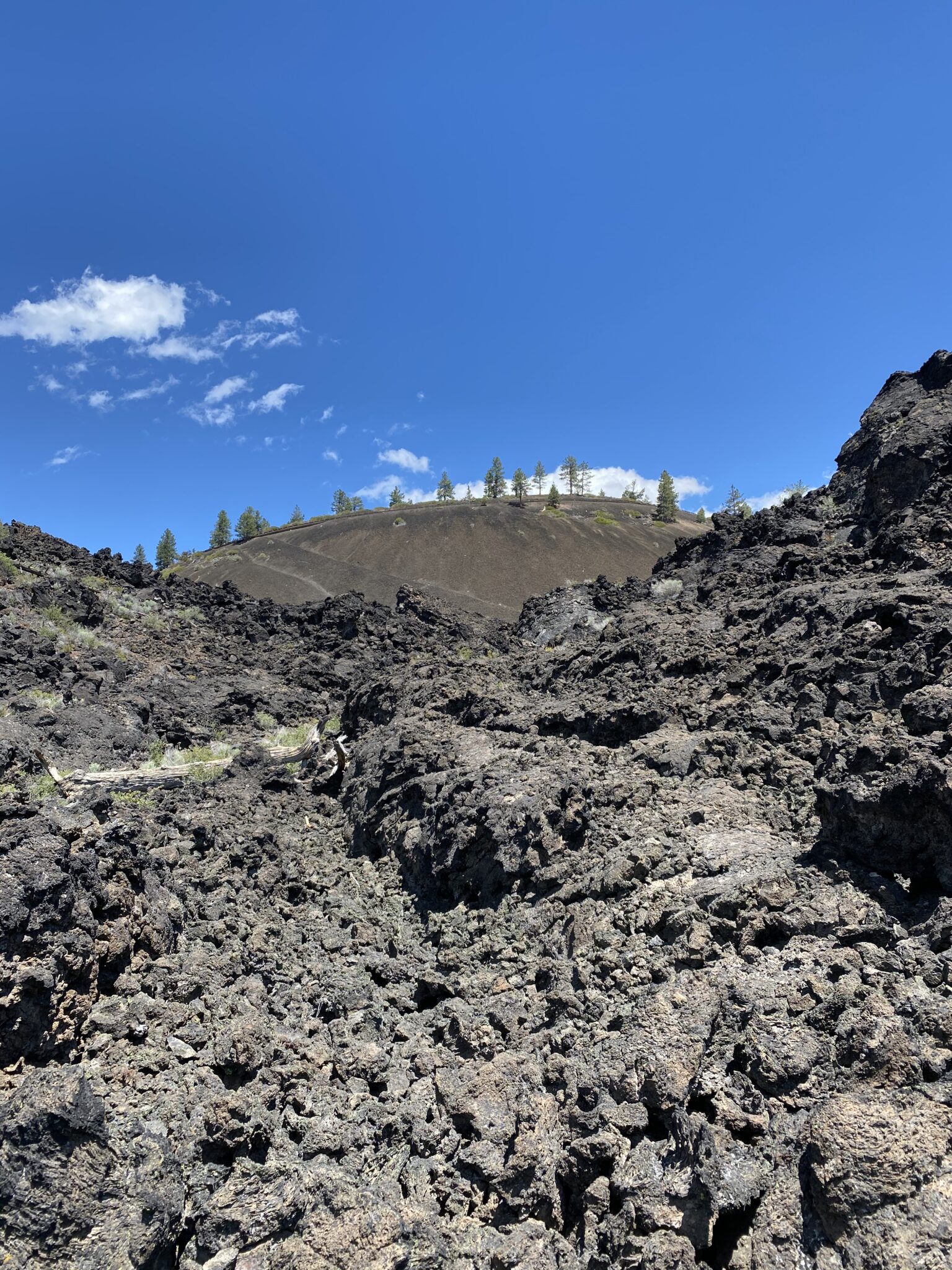
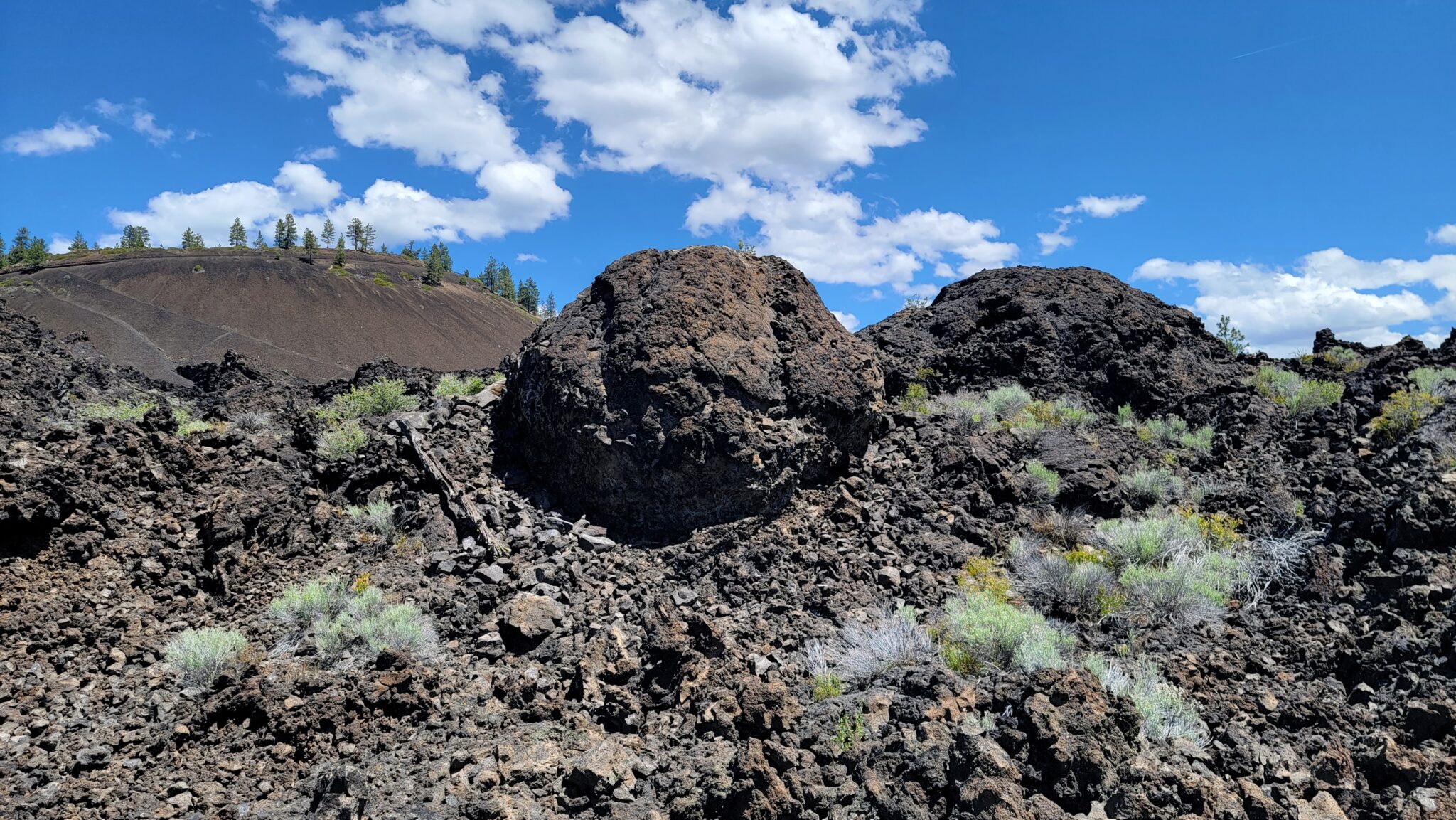
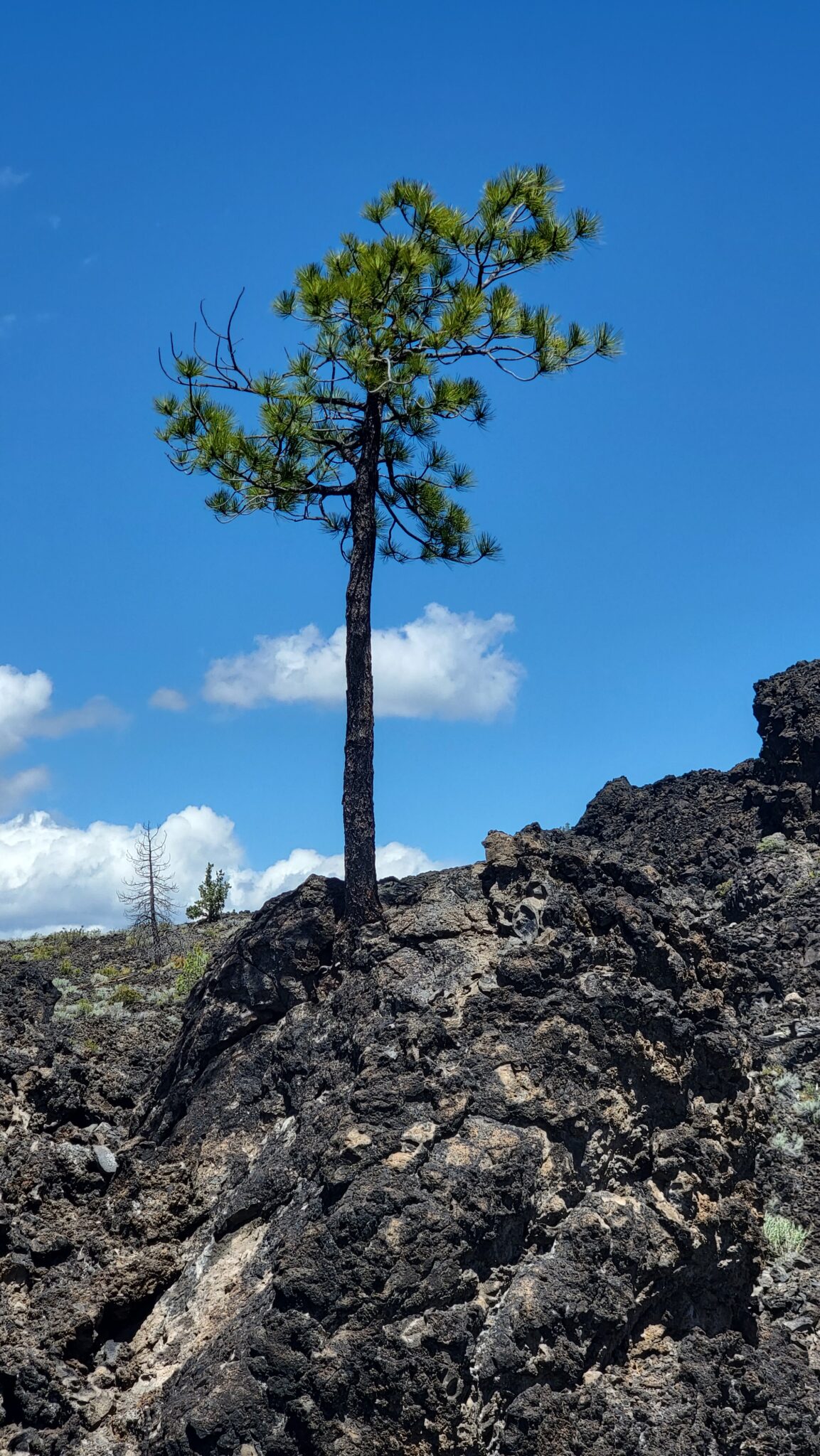
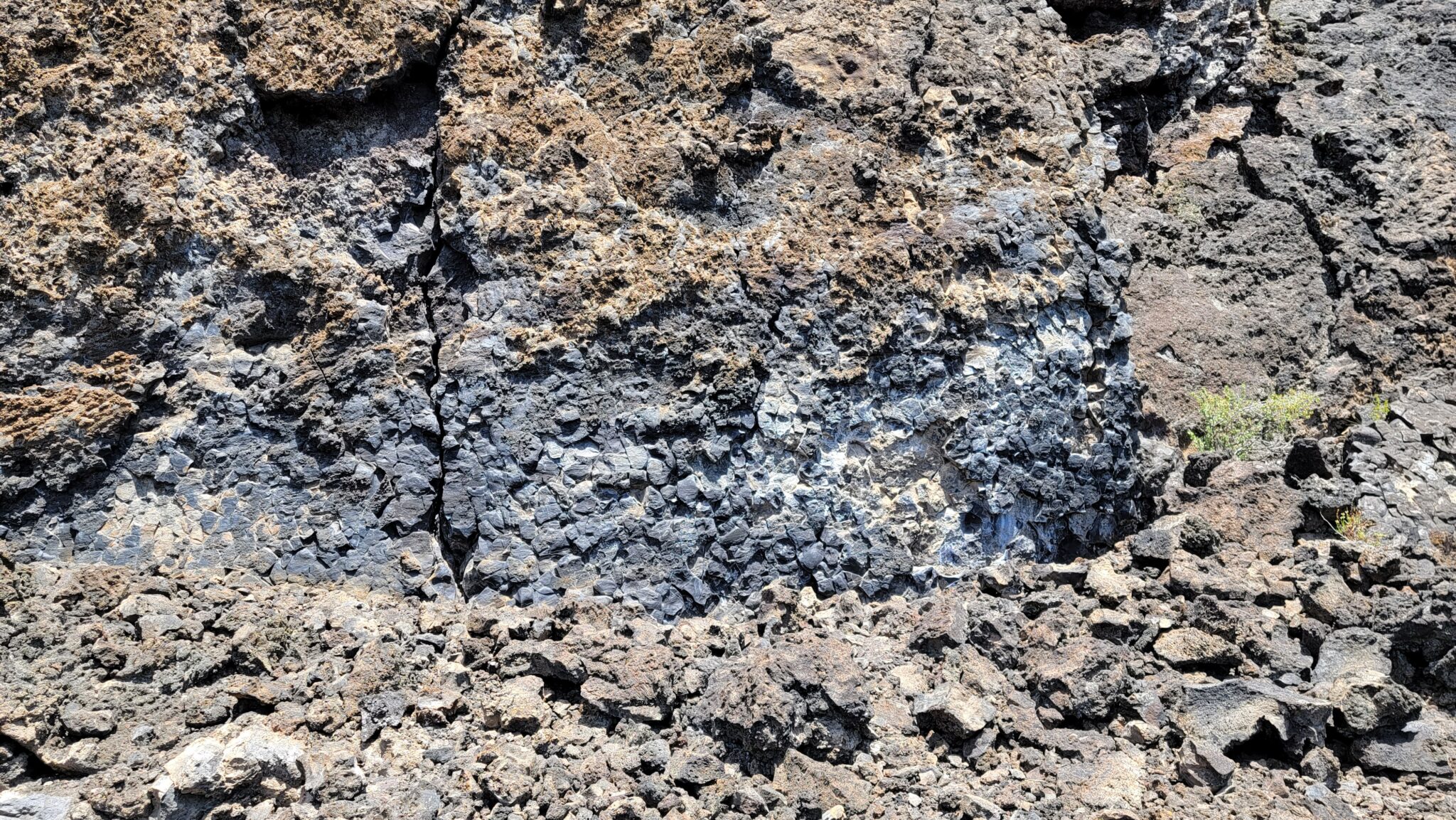
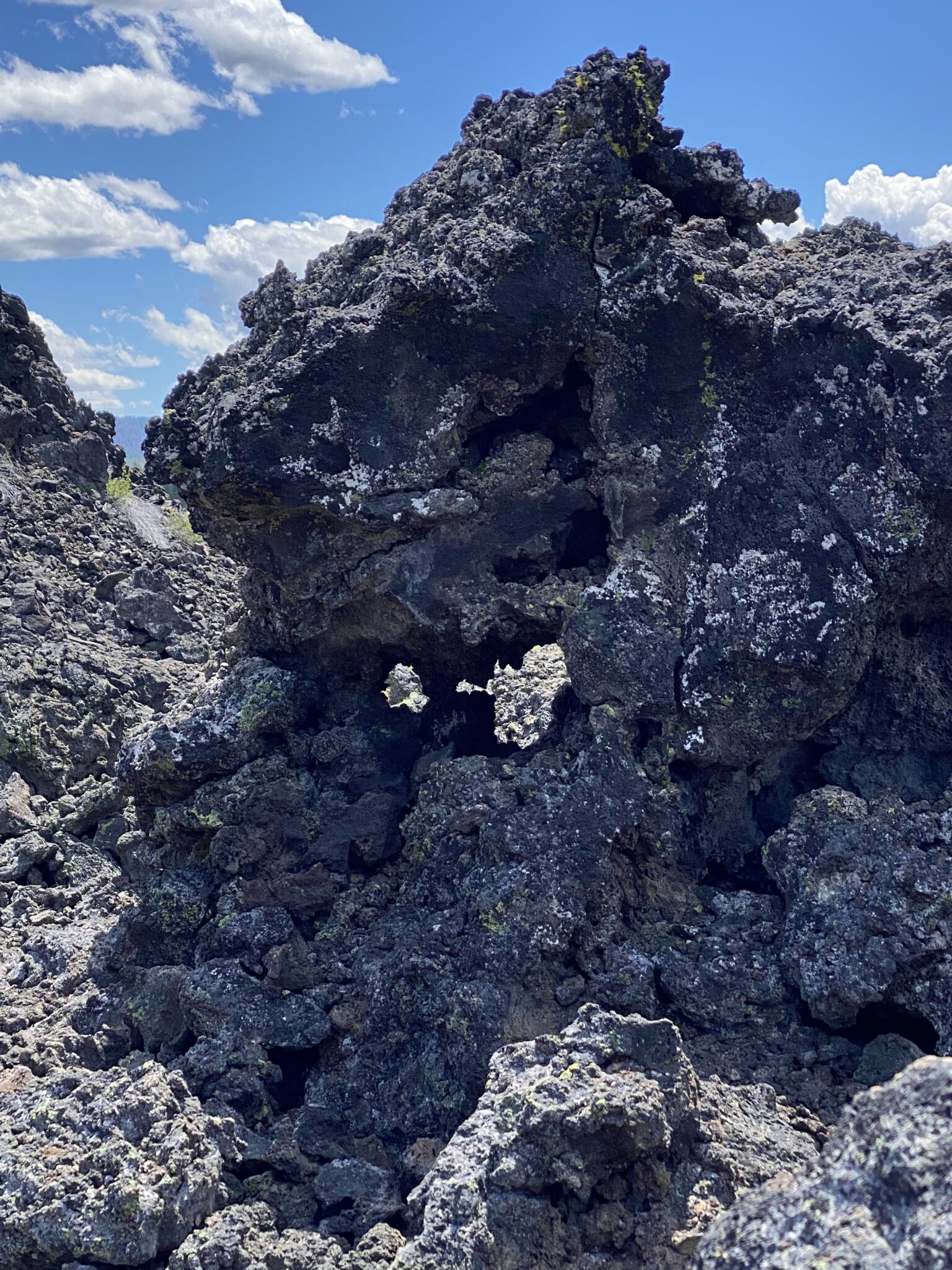
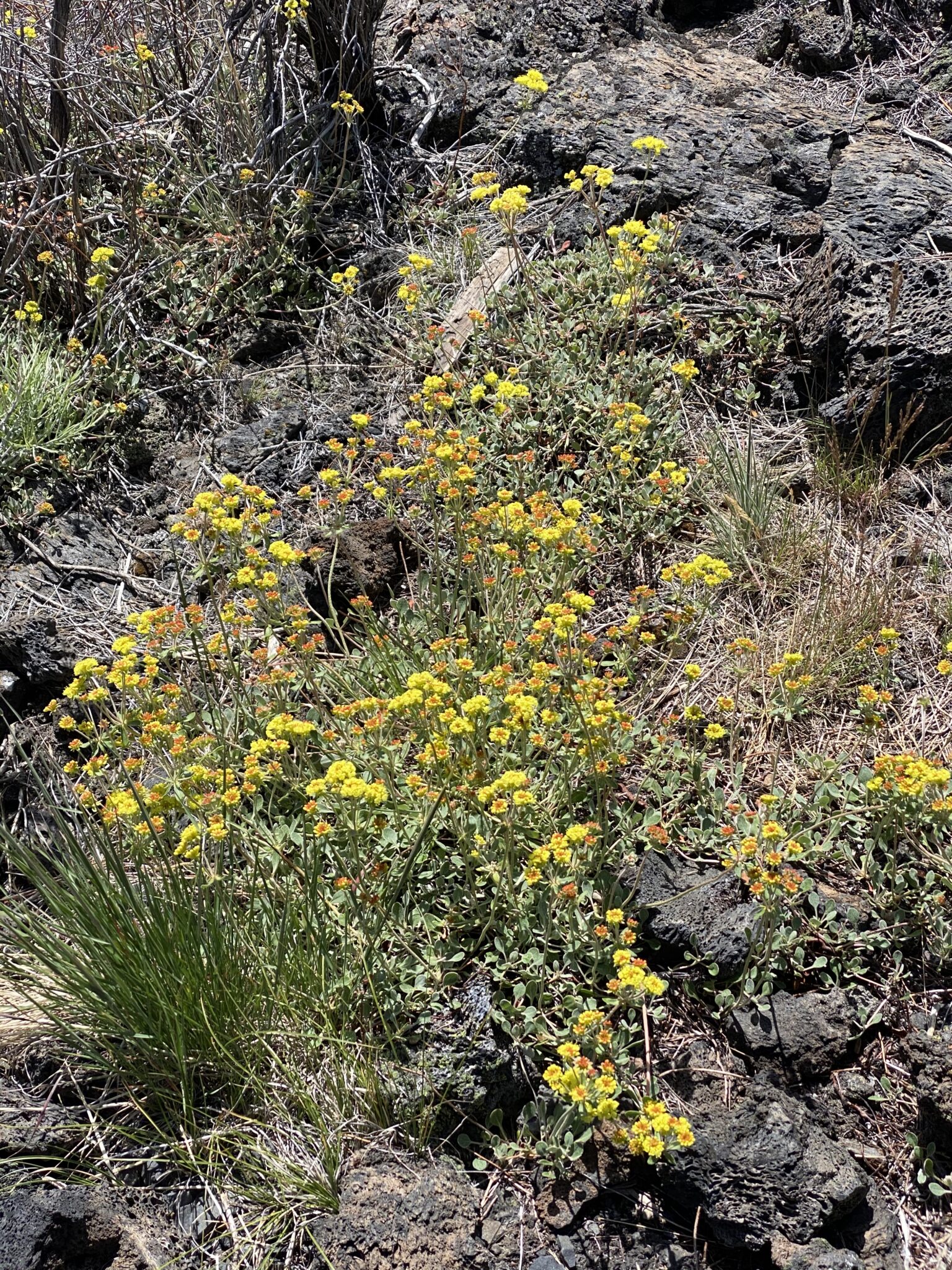
The tree below has been called the Lava Ness Monster. Some trees in poor volcanic areas with little soil develop a single tap root that conveys water to the tree. The tree grows in a spiral shape to distribute the water.
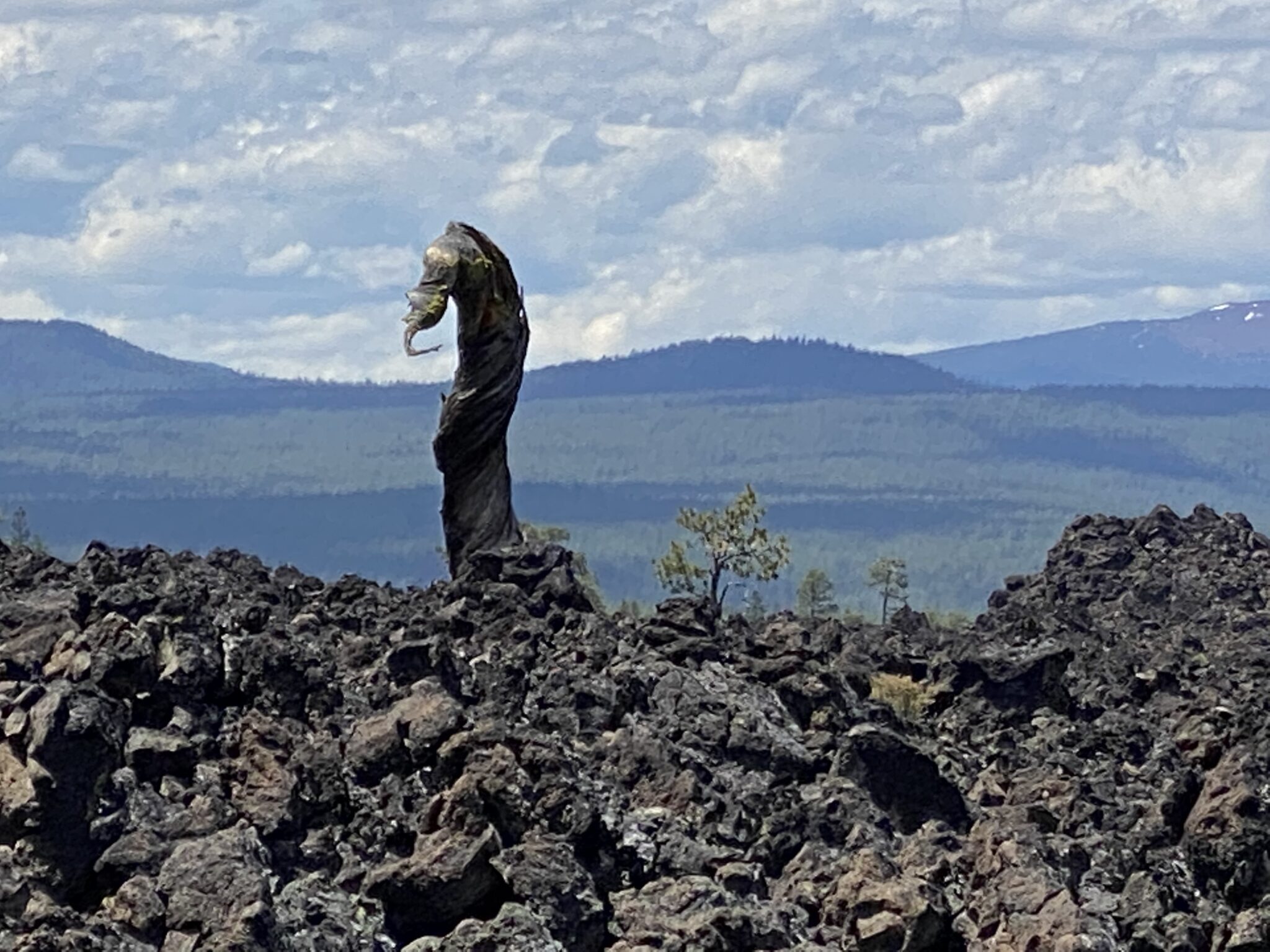
Here are photos of two other spiral trees.
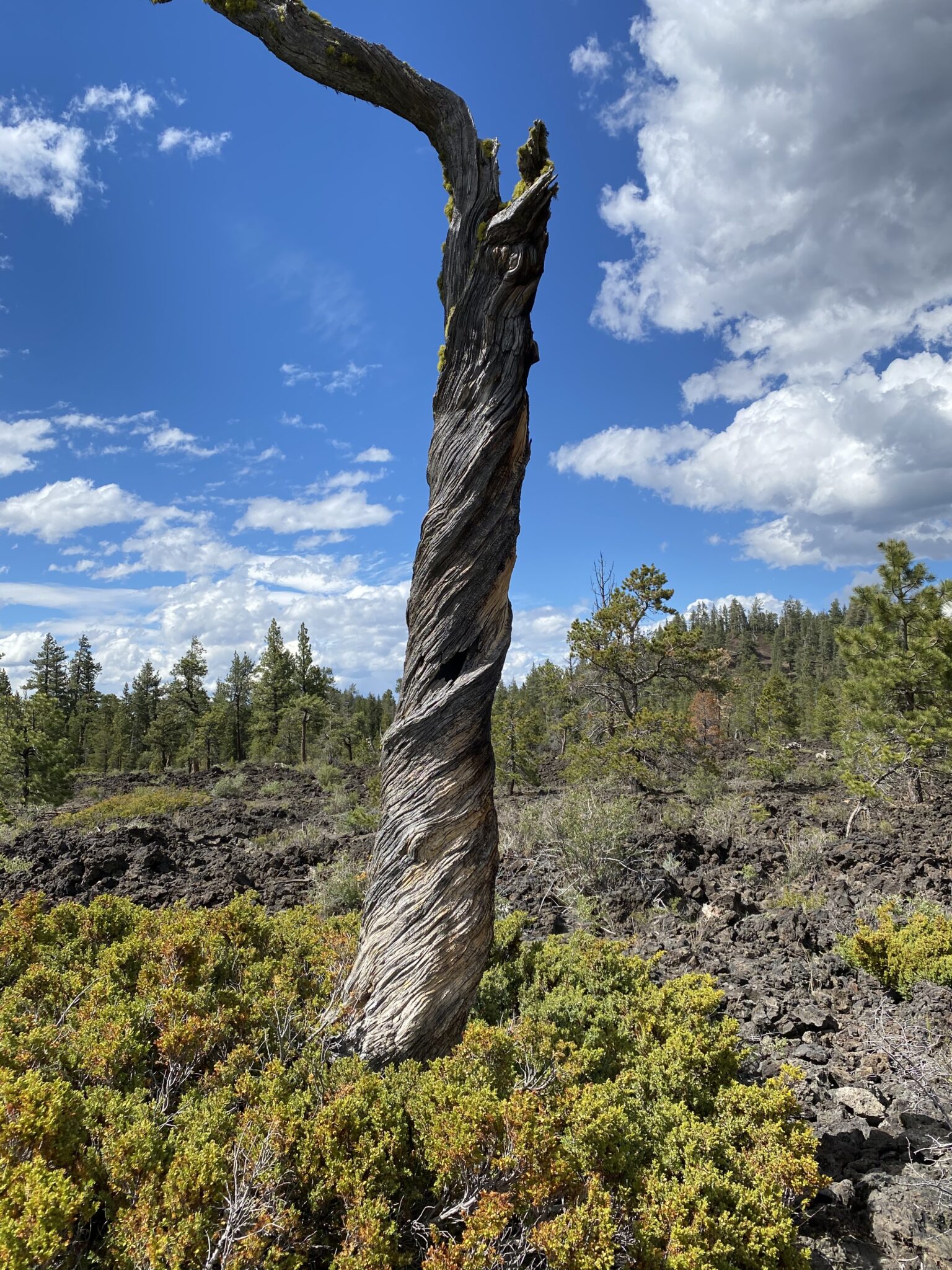
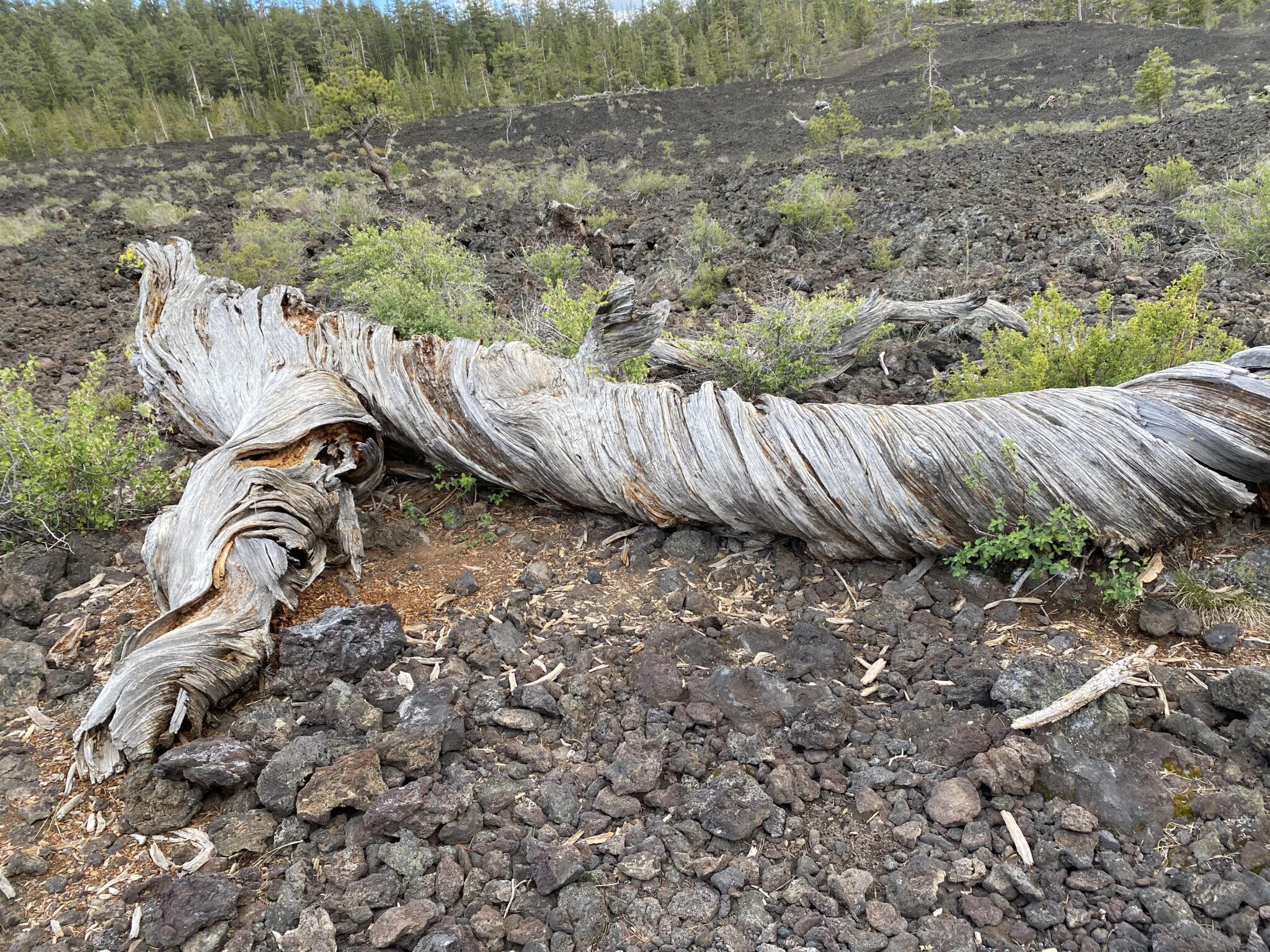
Lava Cast Forest–Tree Molds
In this area, a lava flow about 7000 years ago surrounded trees. Steam from the burning wood cooled the lava around the tree trunks. The charred wood rotted leaving rock molds where the trees had been.
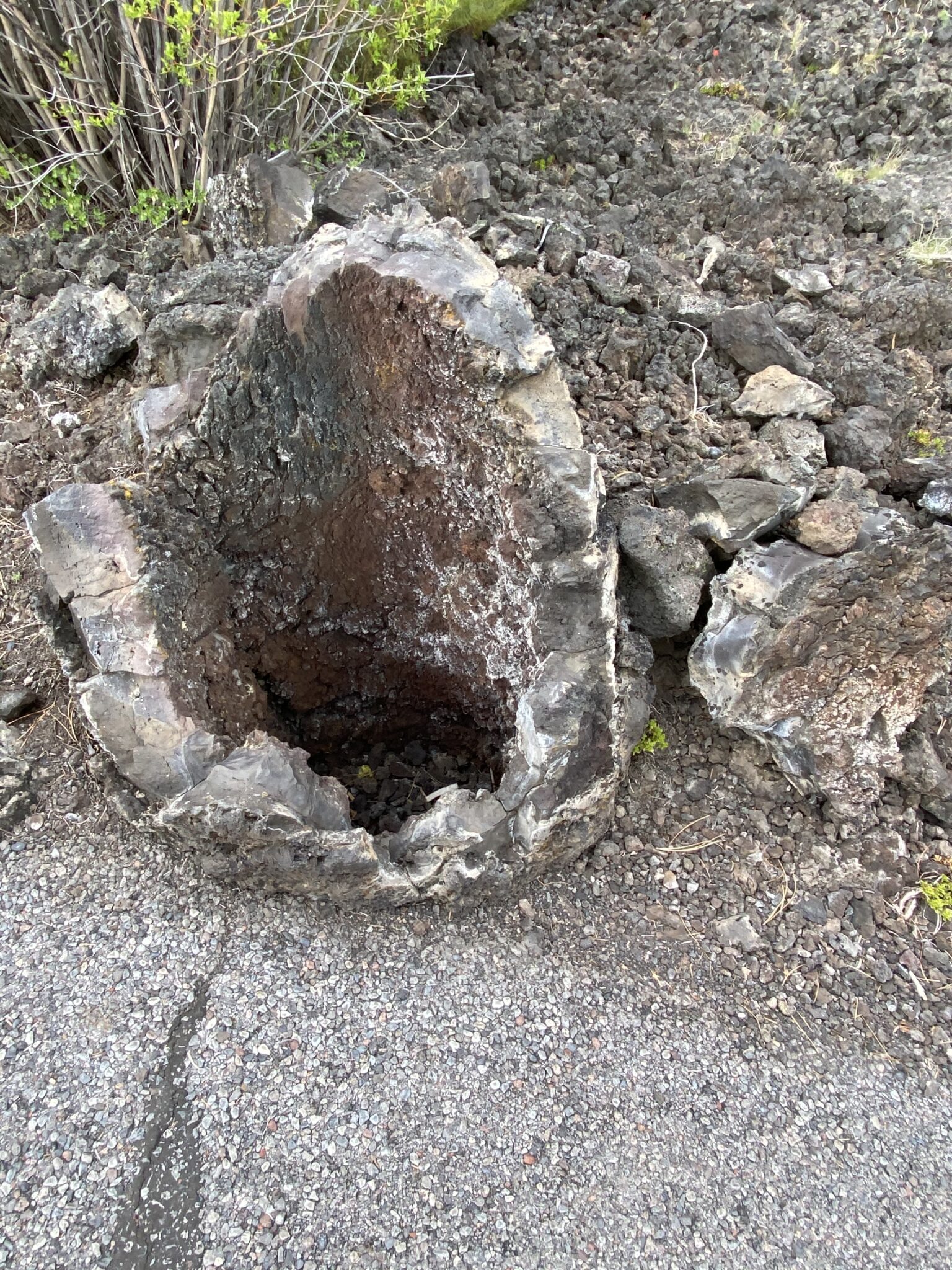
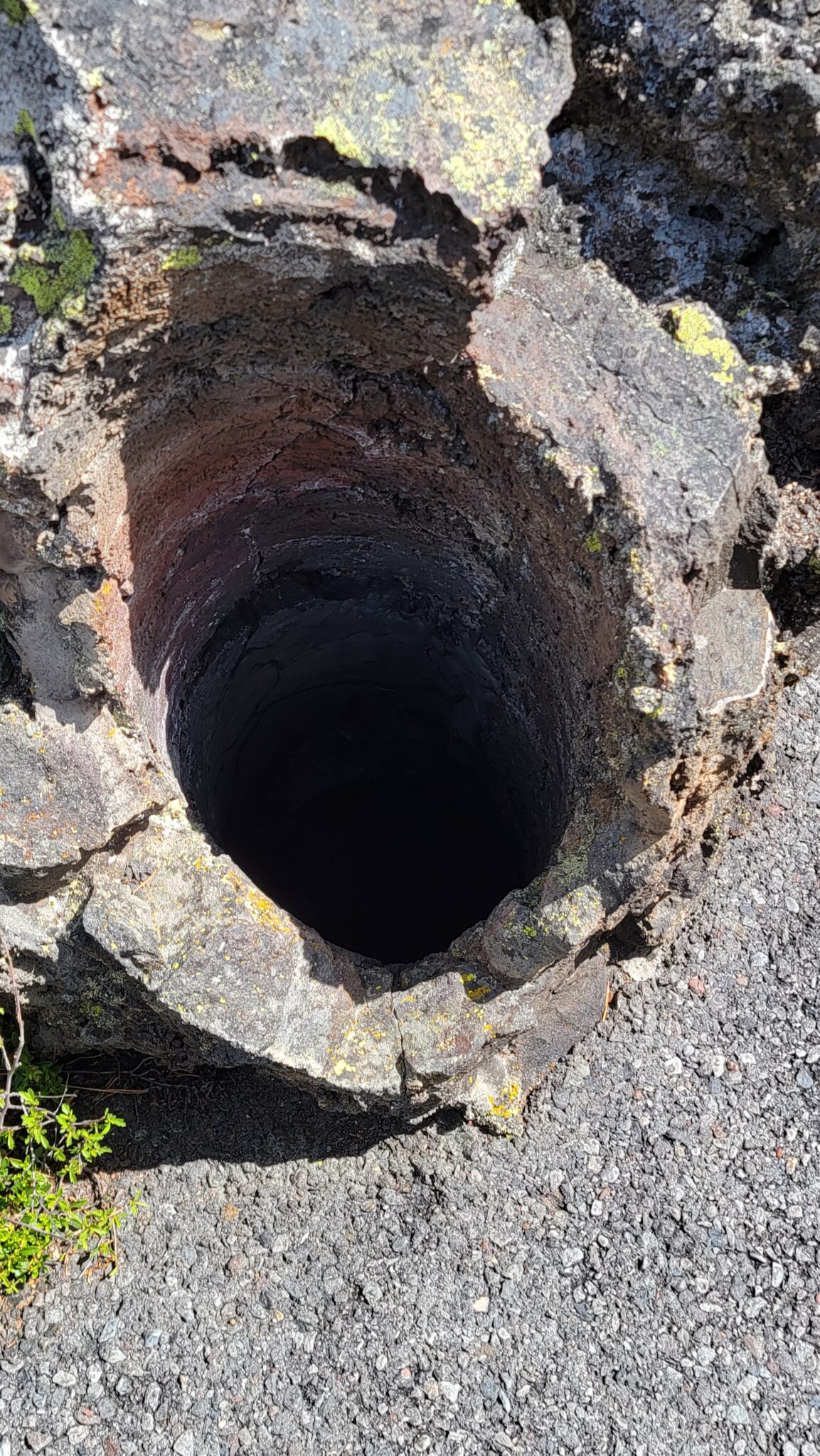
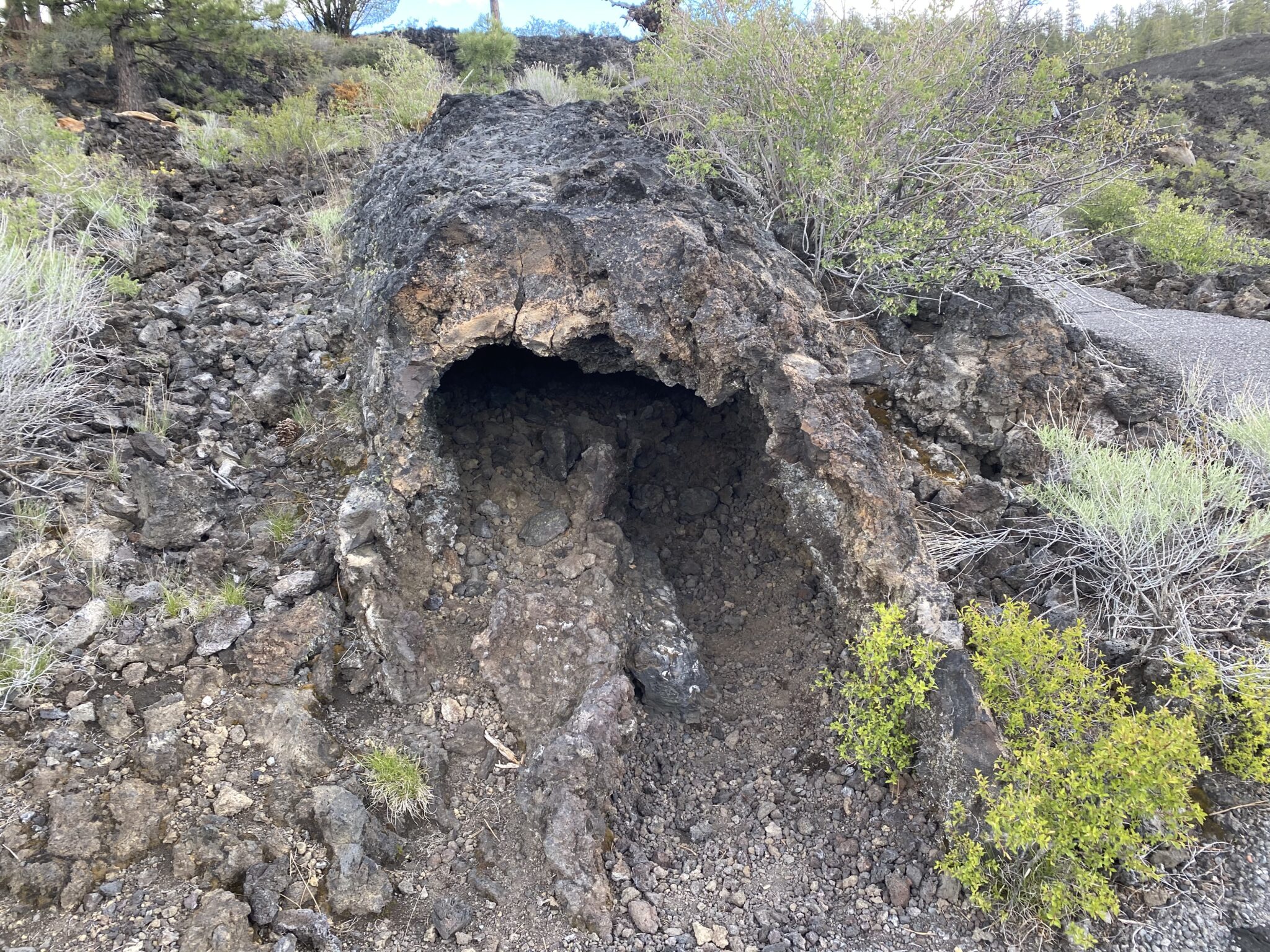
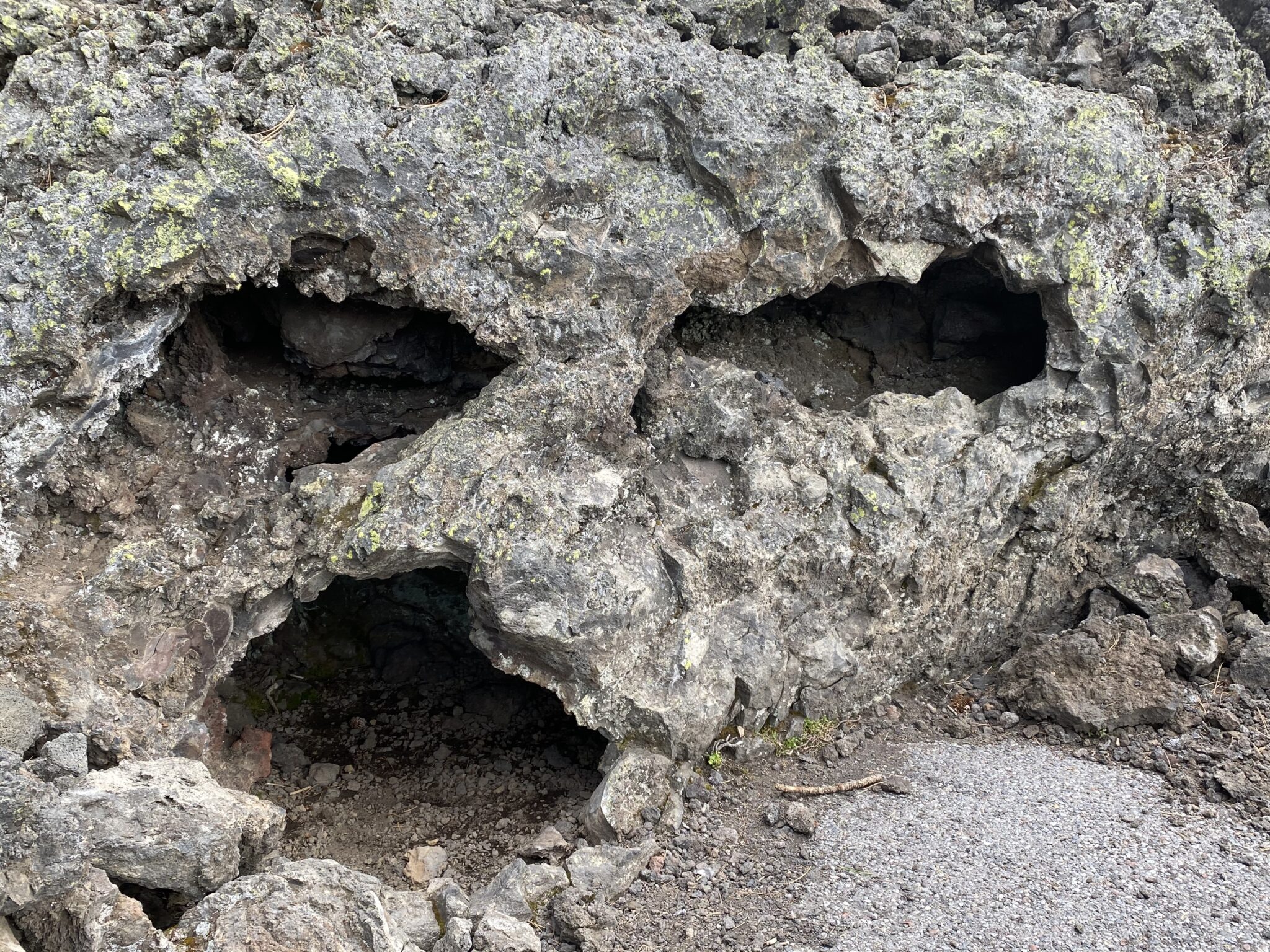
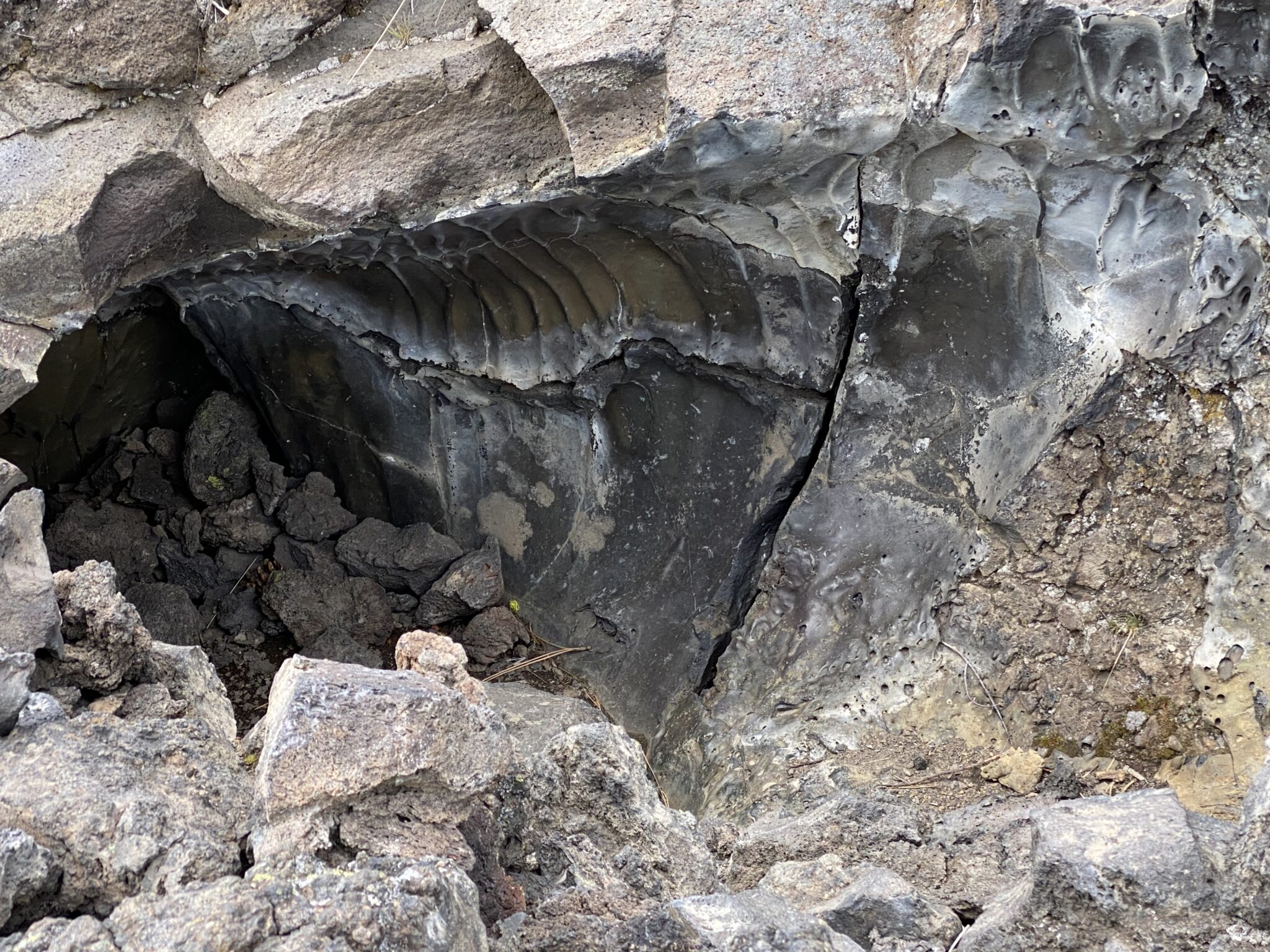
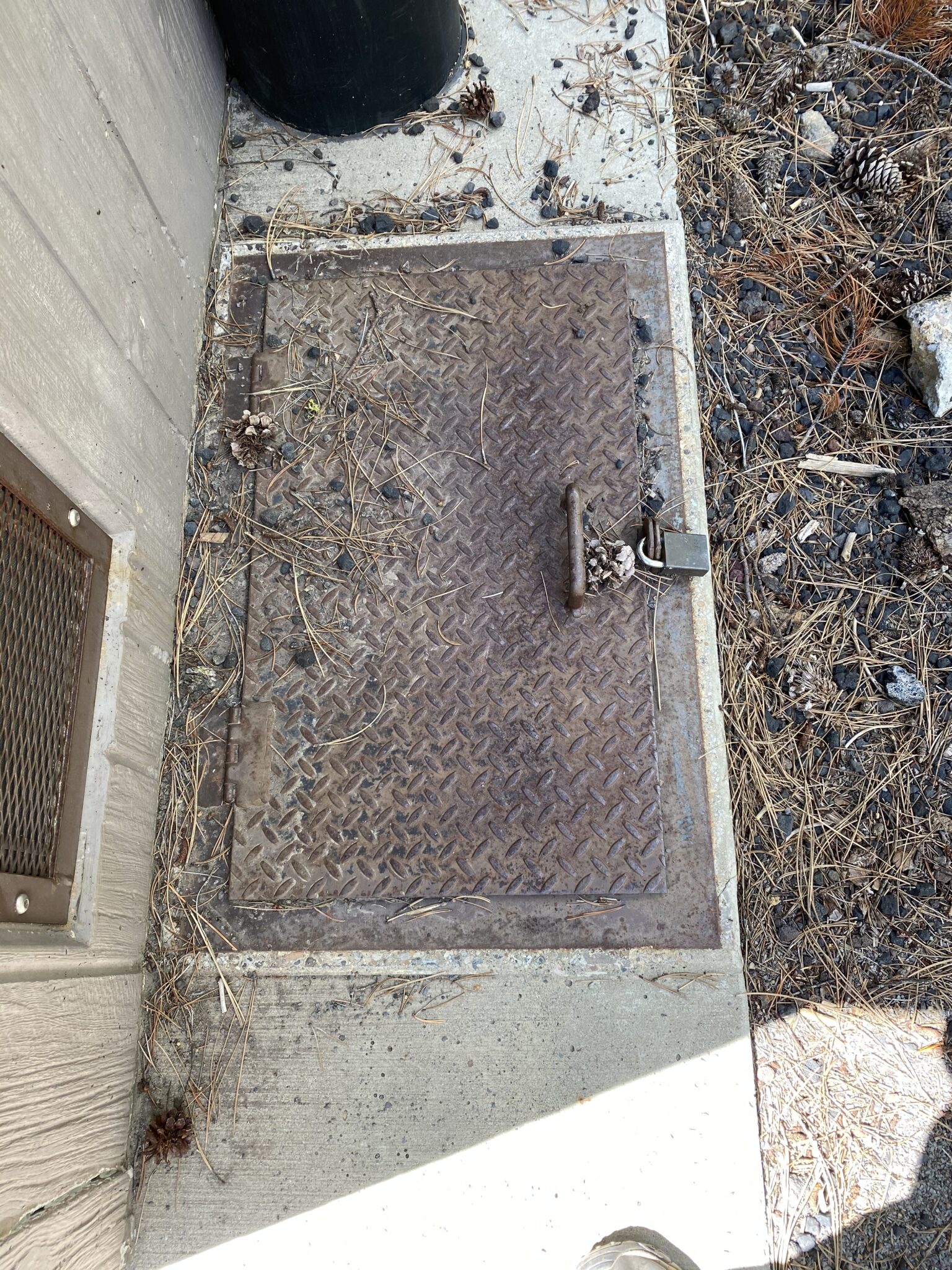
Big Obsidian Flow
Oregon’s most recent volcanic eruption about 1300 years ago produced a square mile of obsidian (640 football fields) with an average height of 150 feet. Obsidian is lava with very high silica content–volcanic glass.
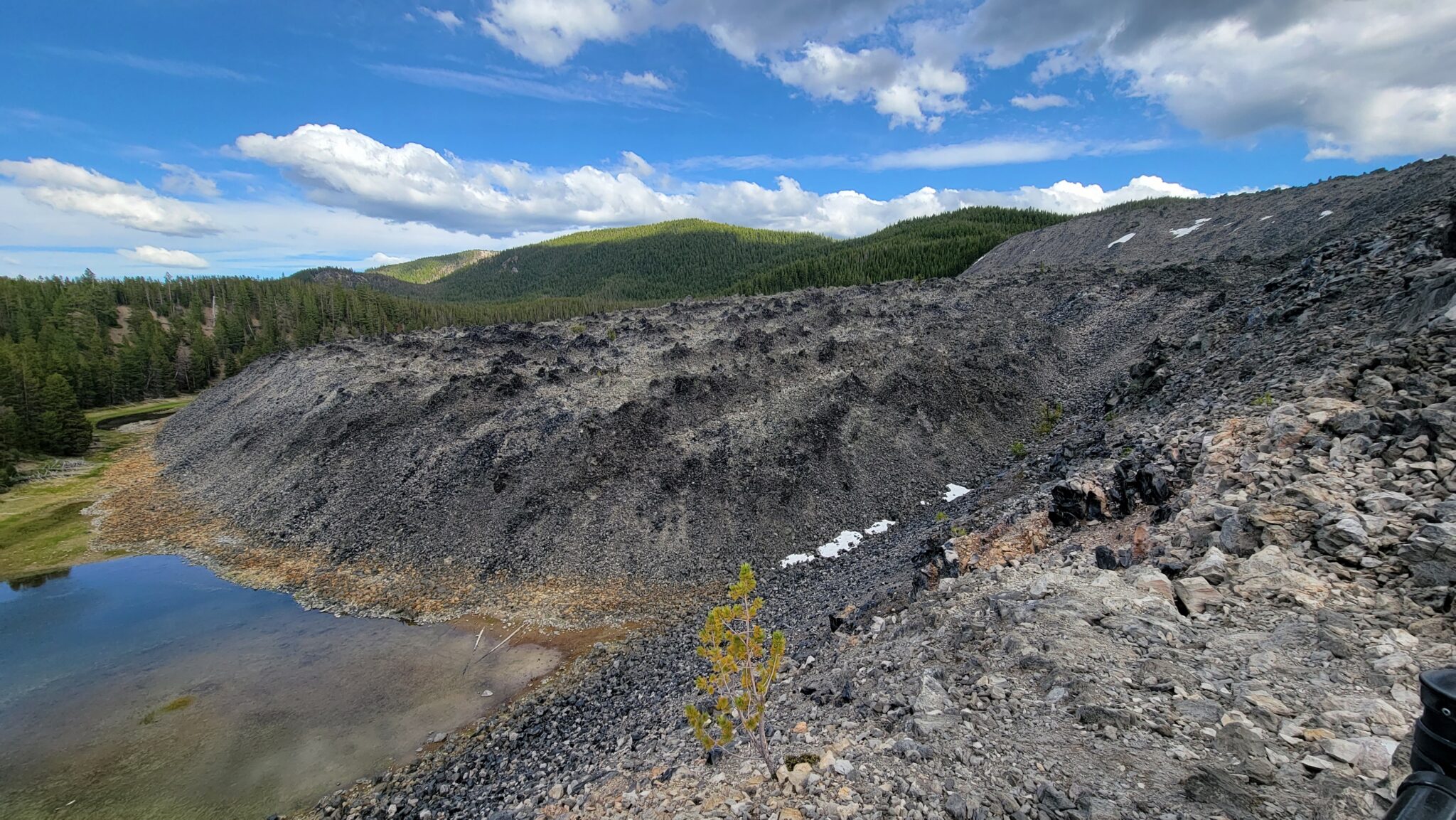
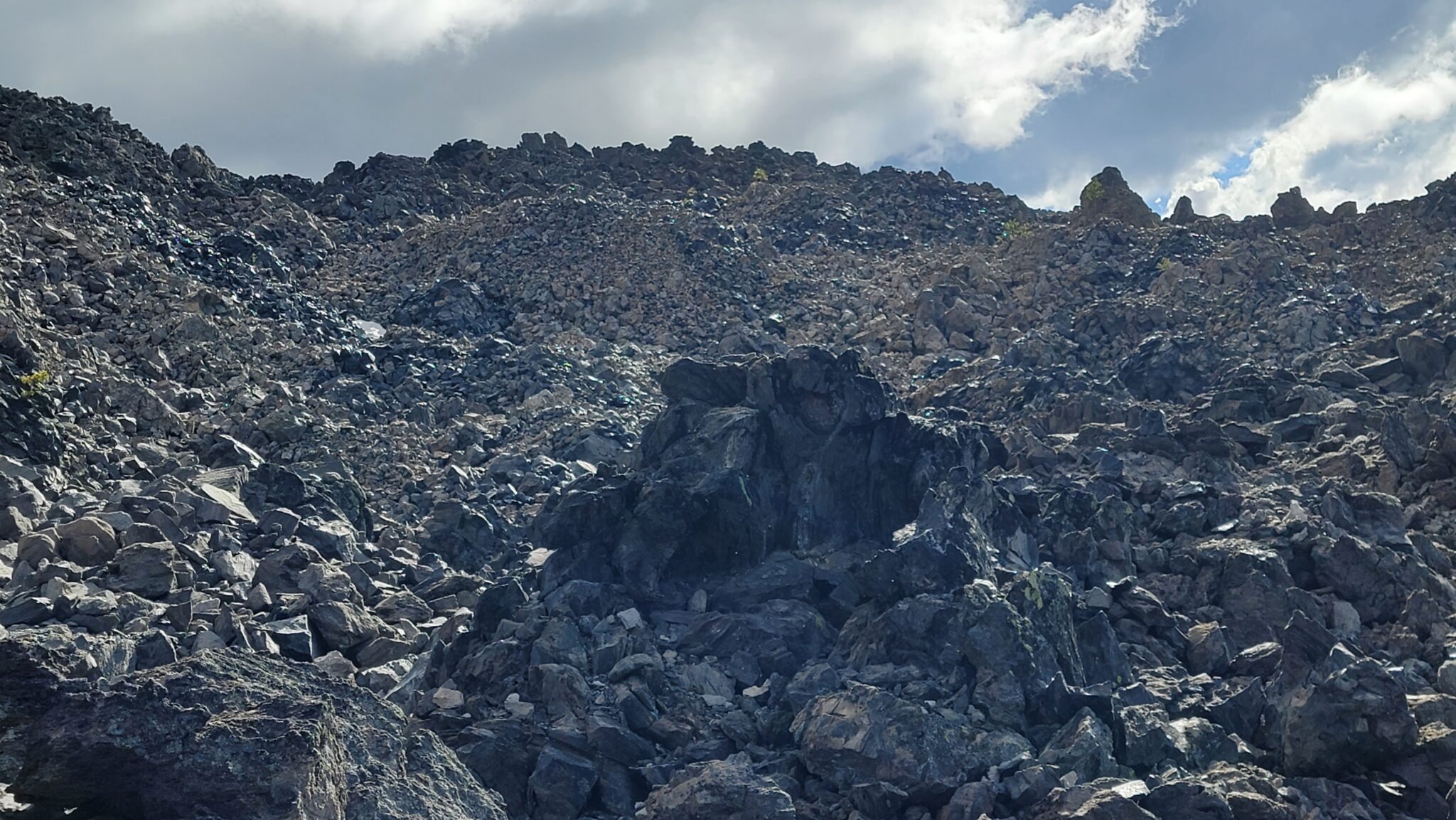
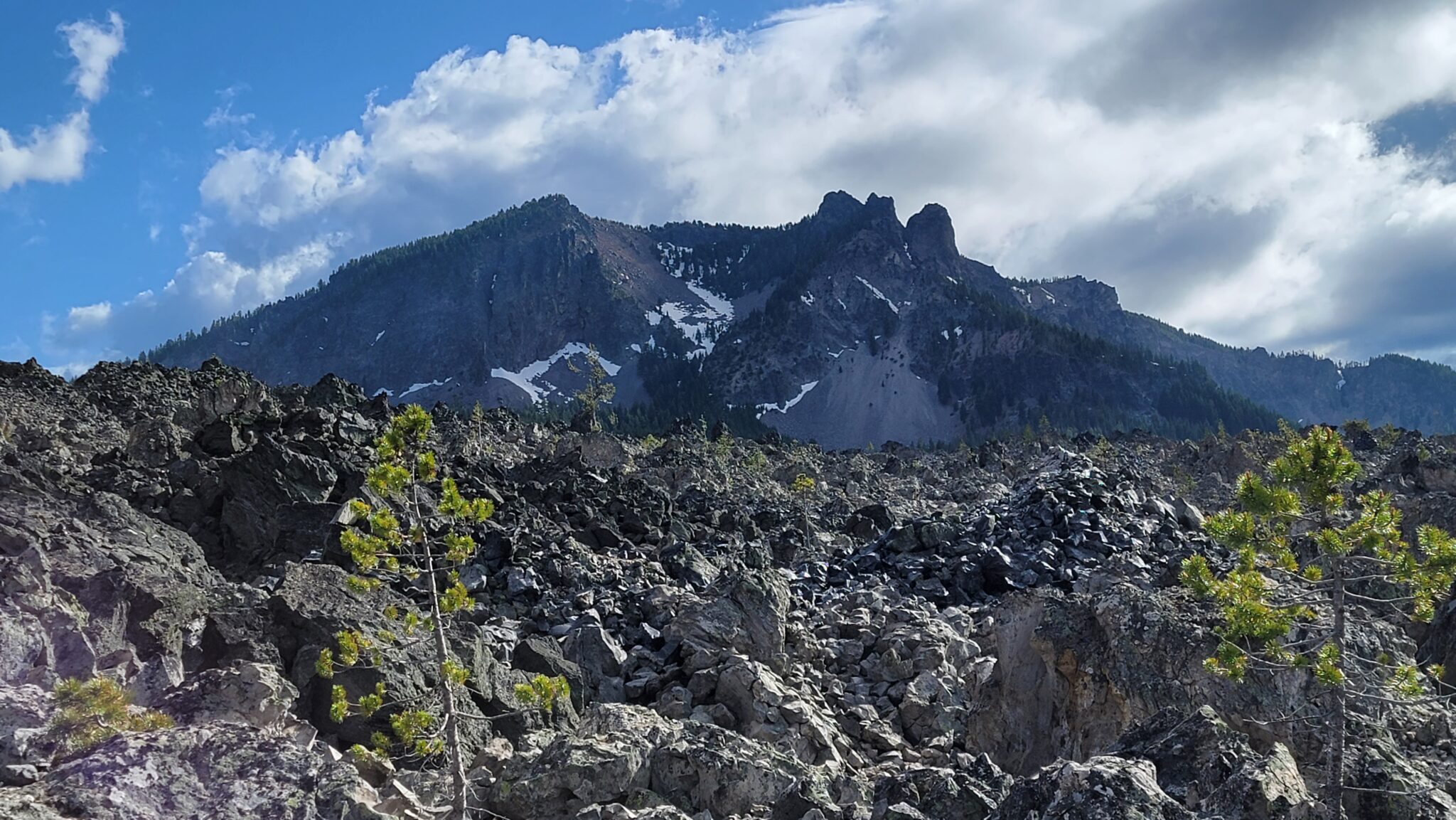
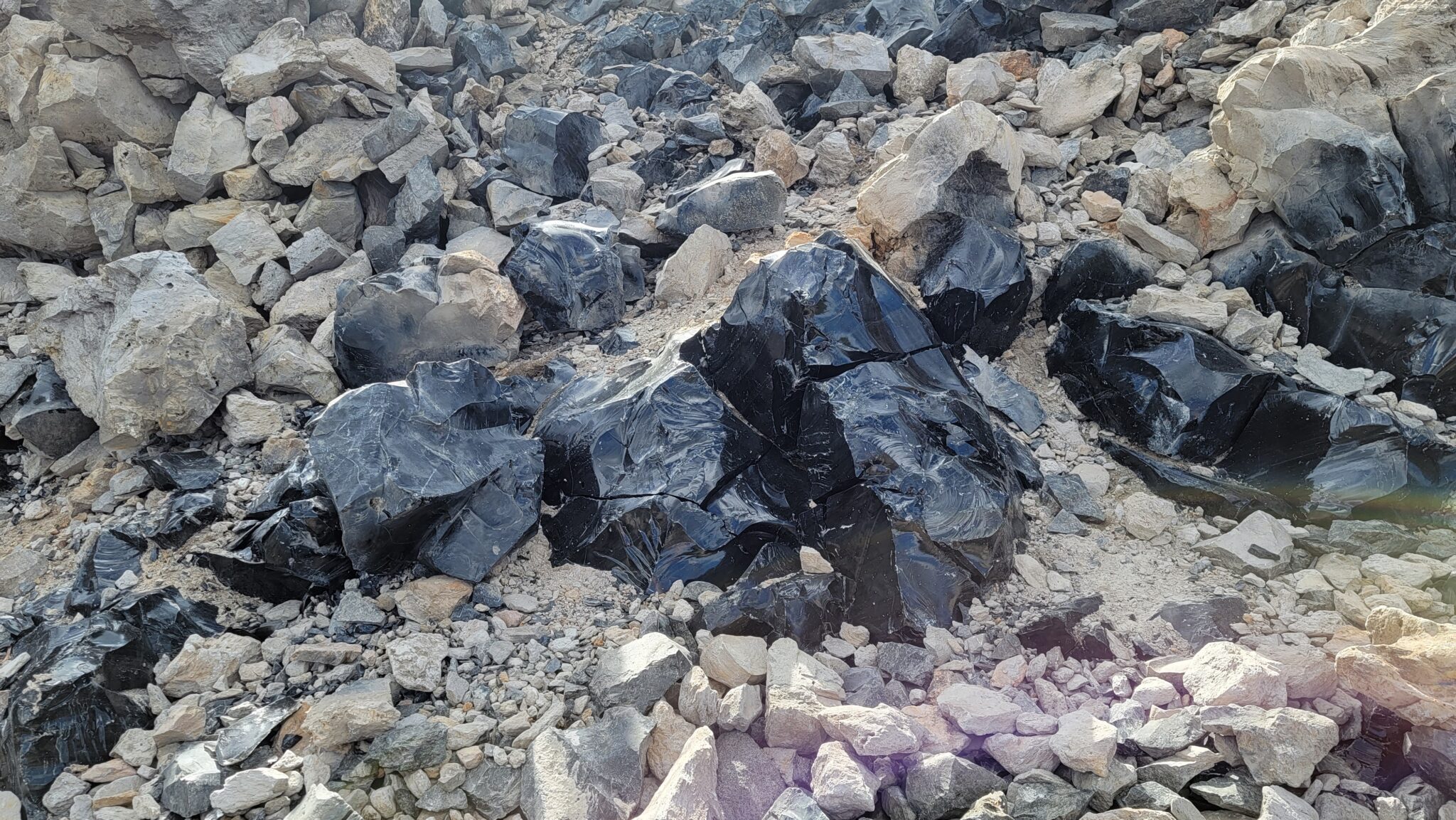
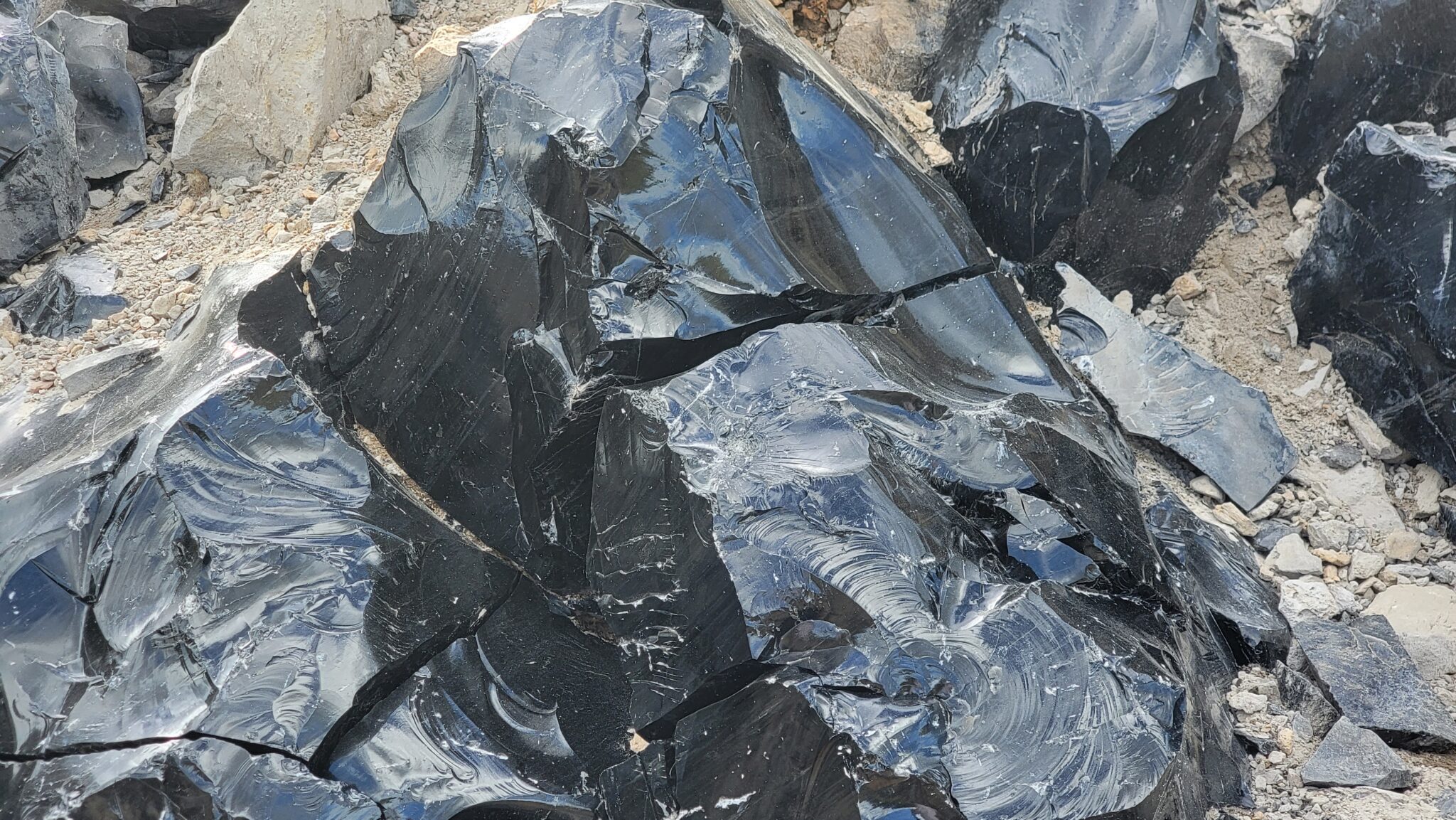
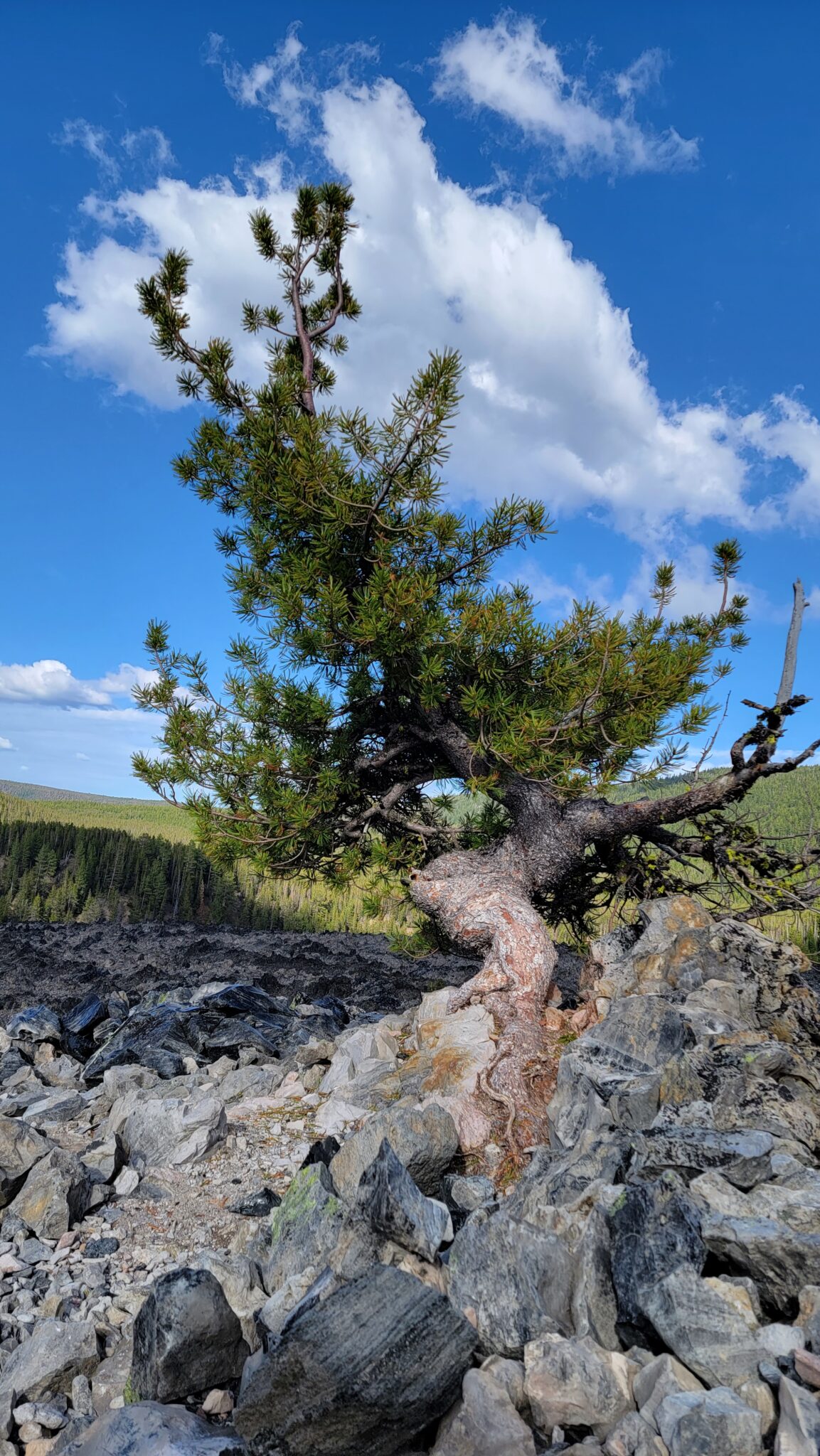
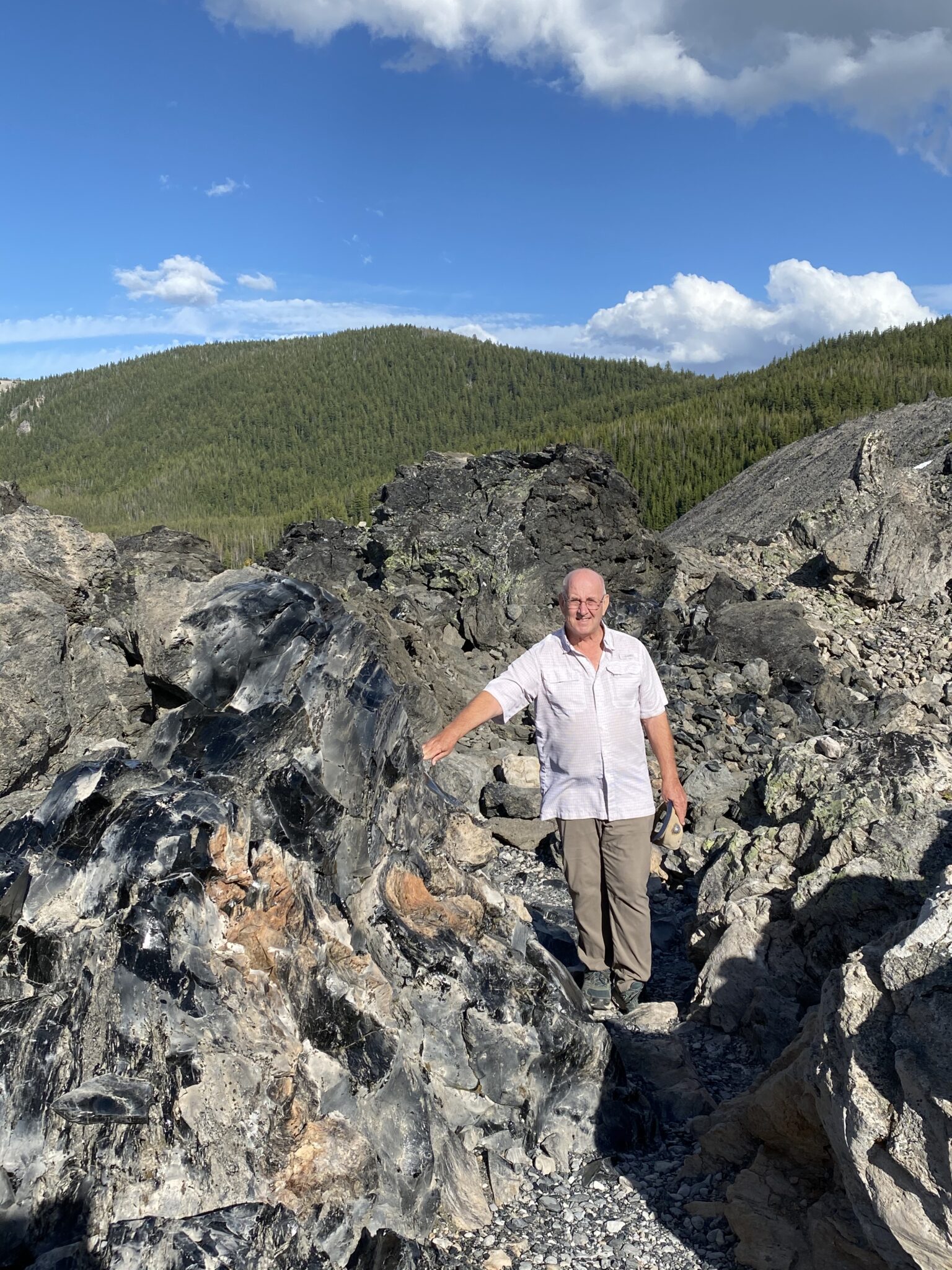
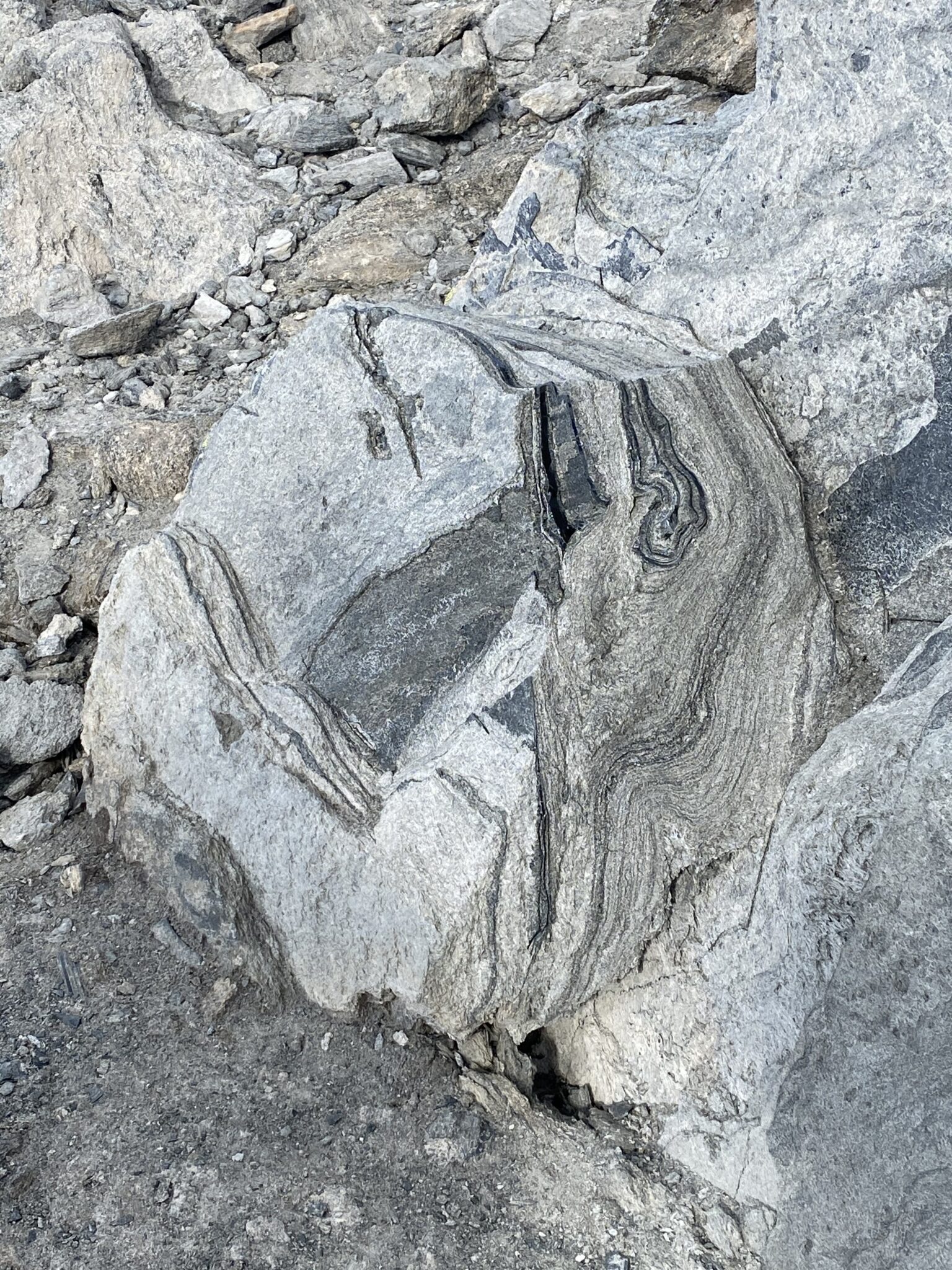
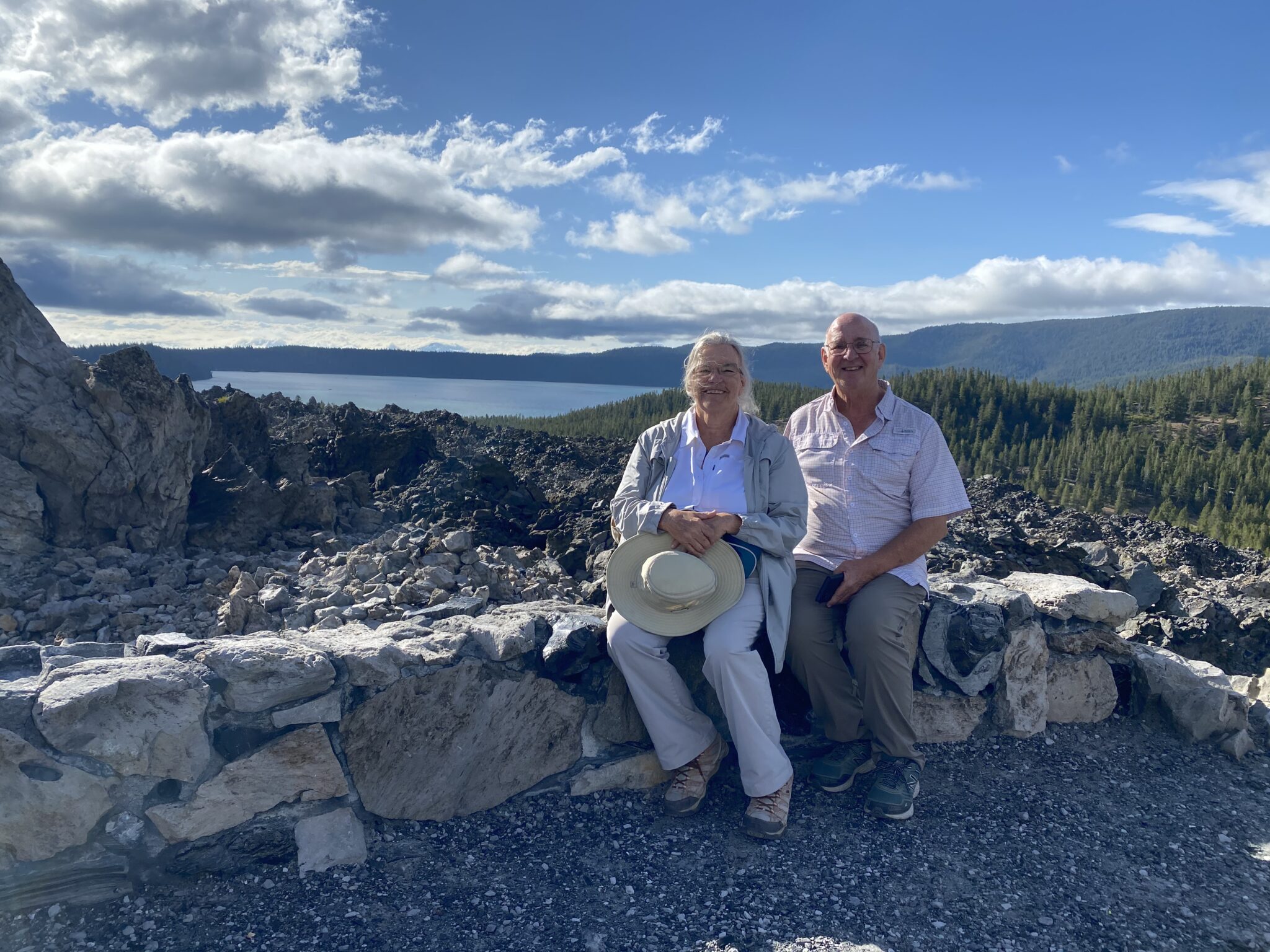
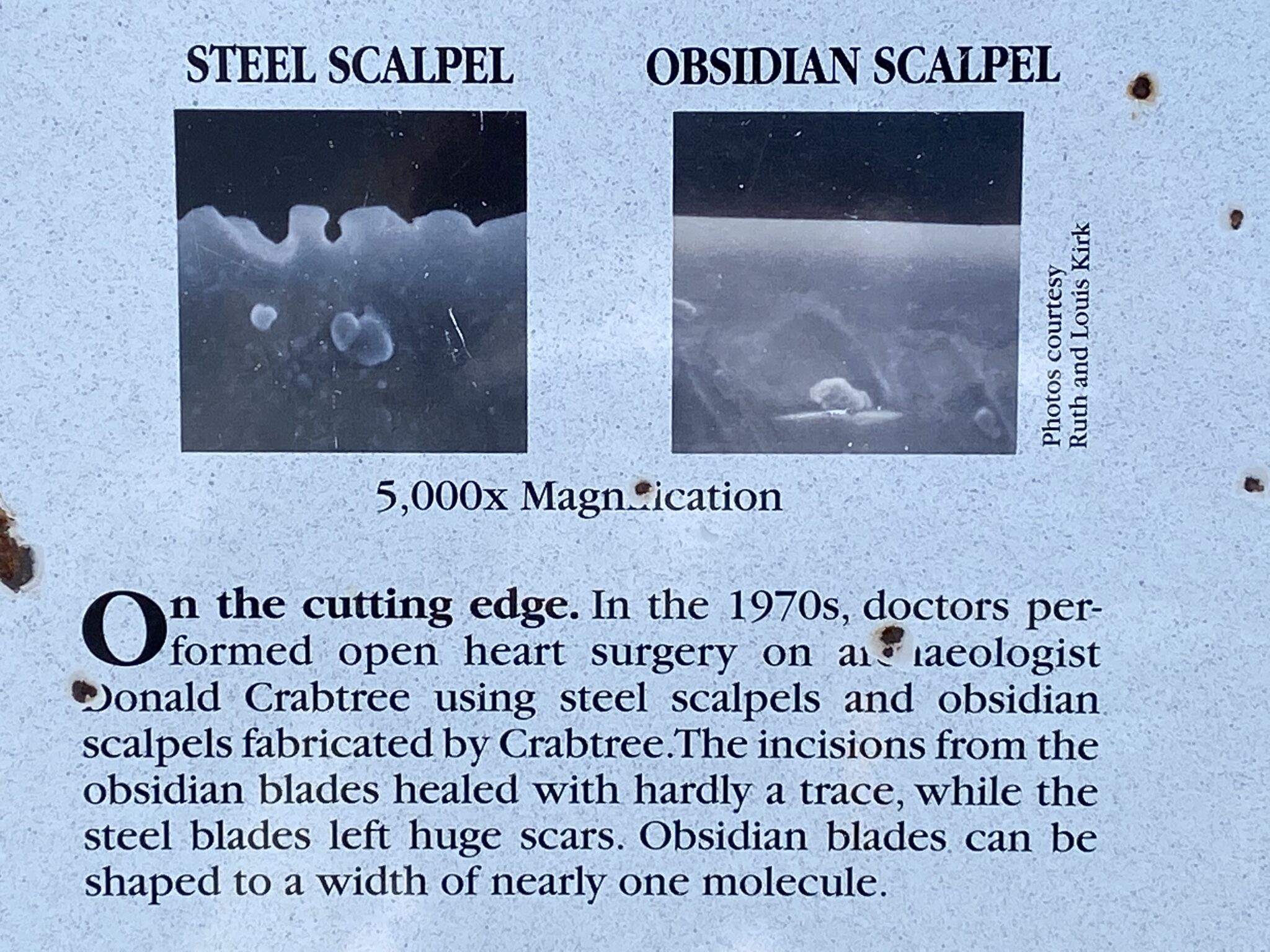
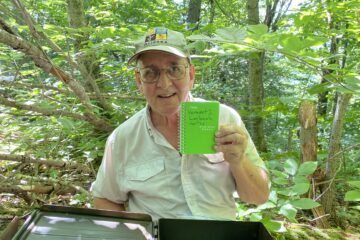
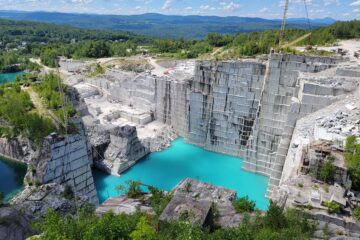

1 Comment
Susan · June 24, 2021 at 11:05 am
Love the spiral trees. Just getting caught up on your blog since we just got home.